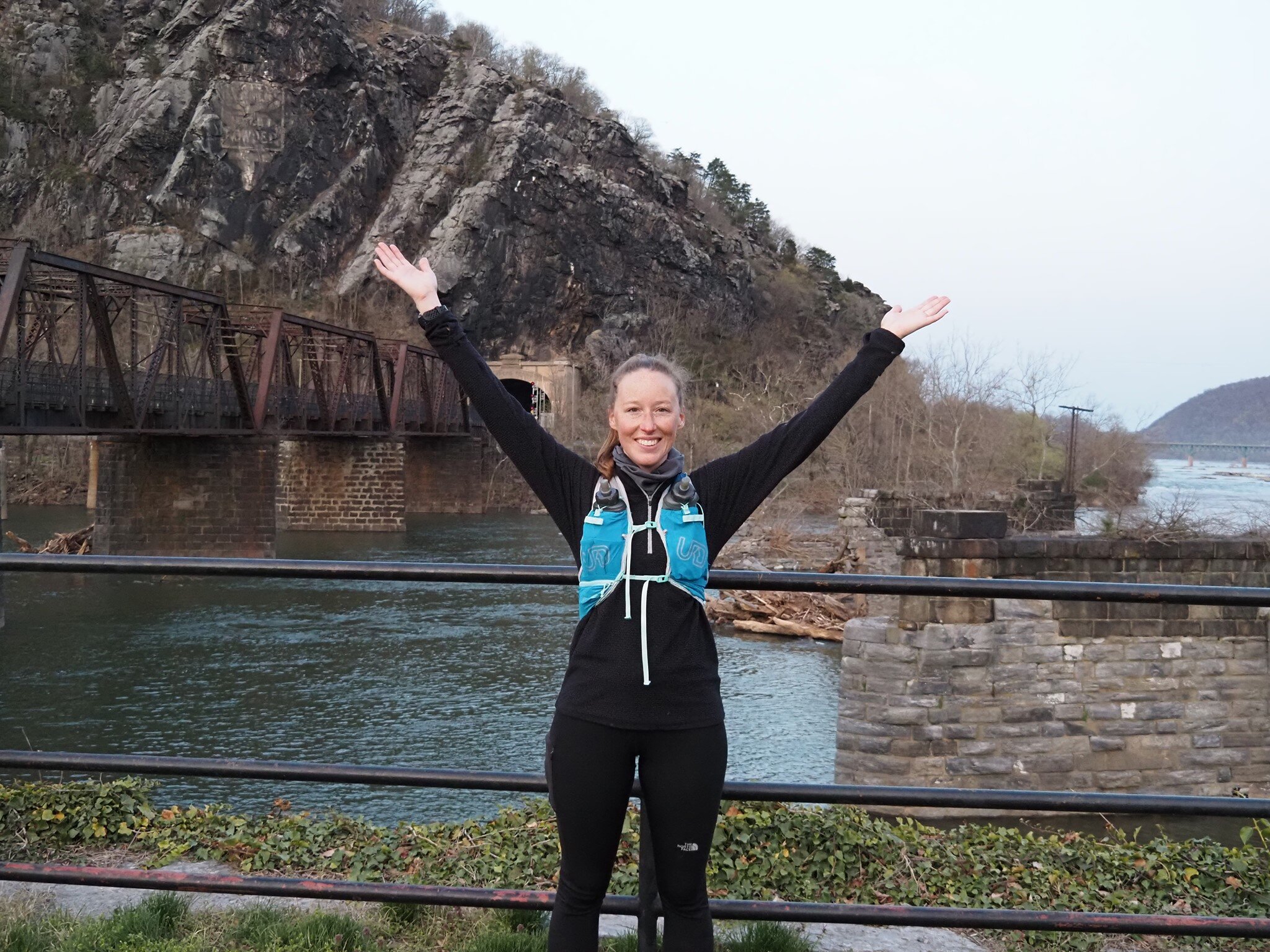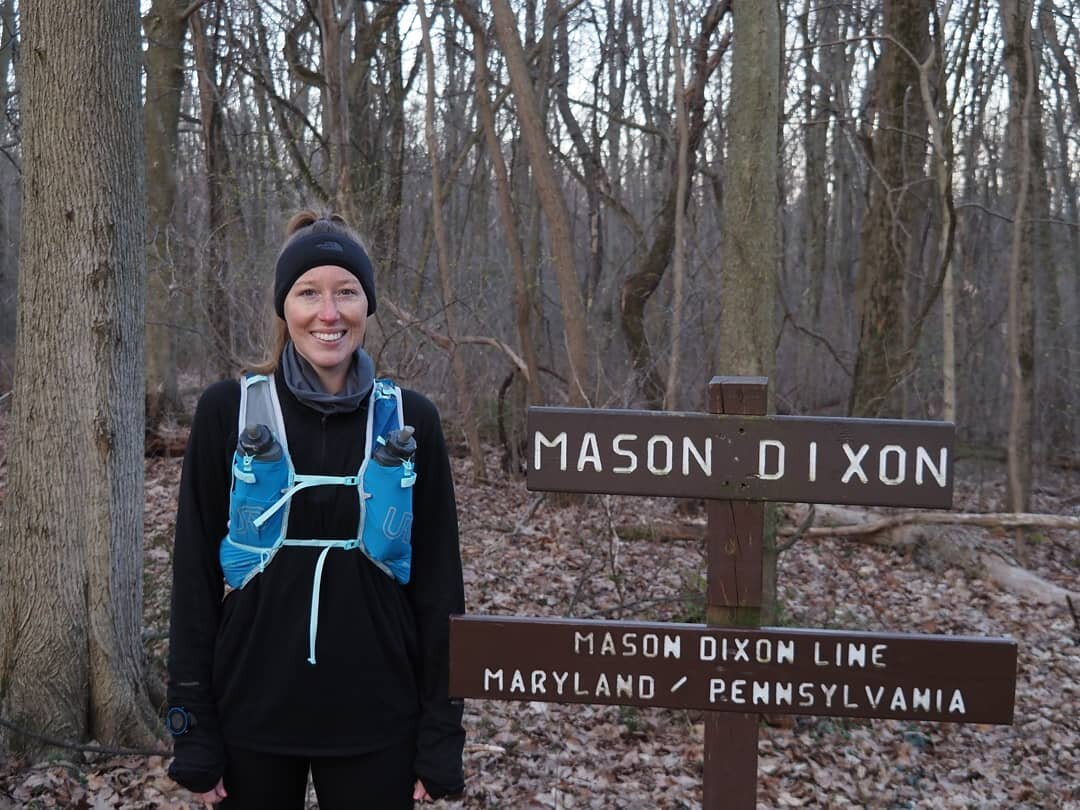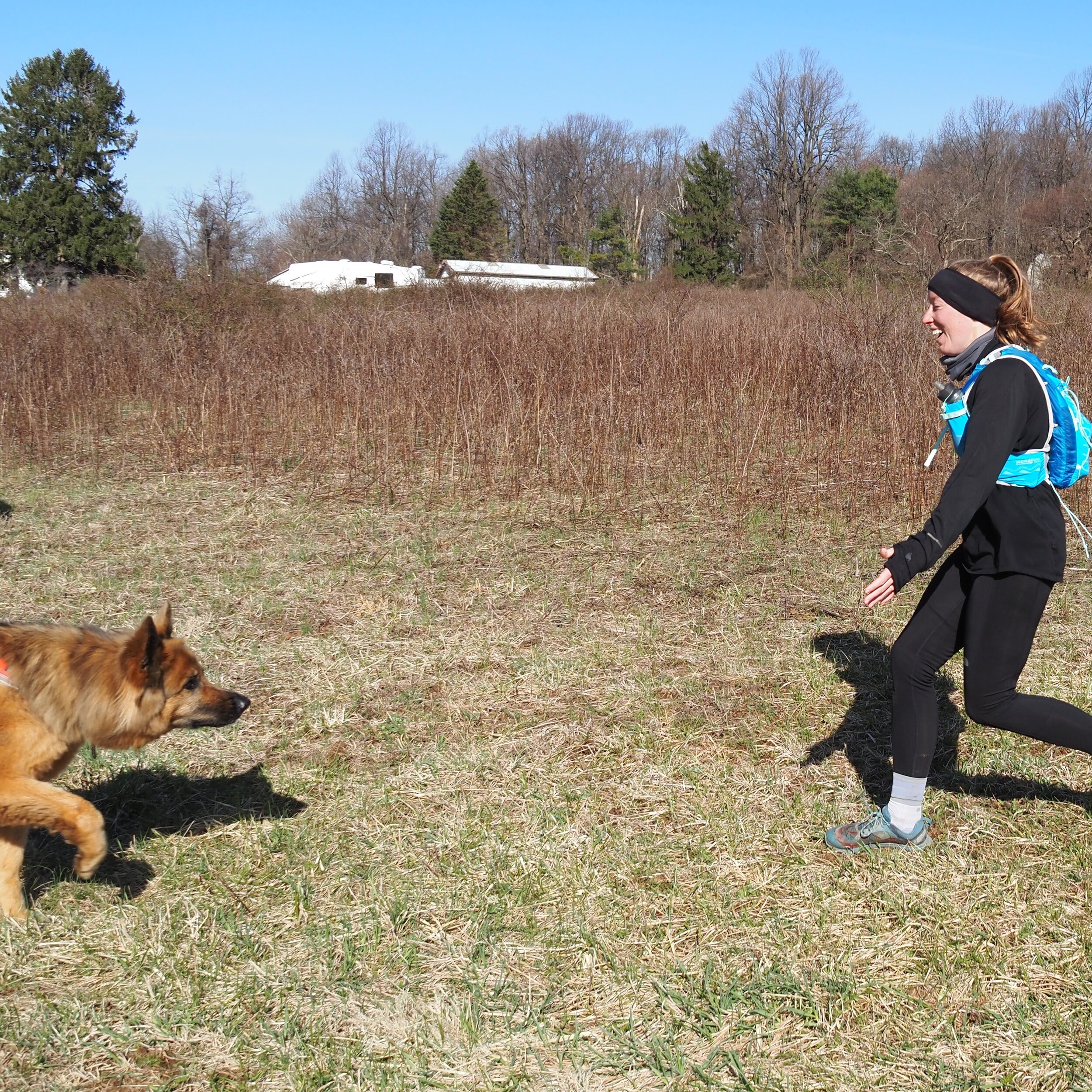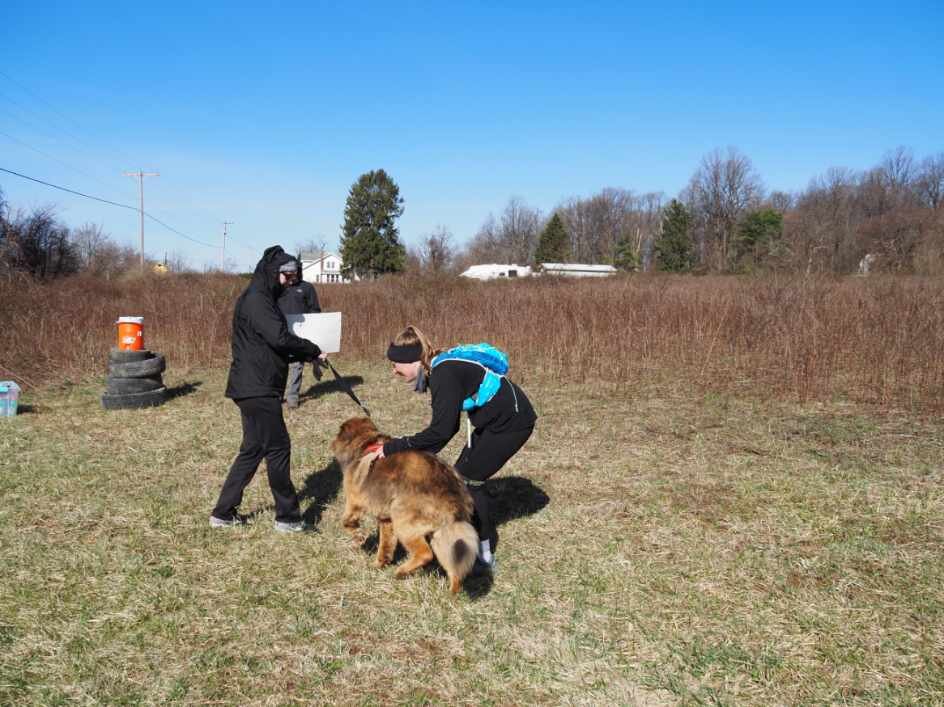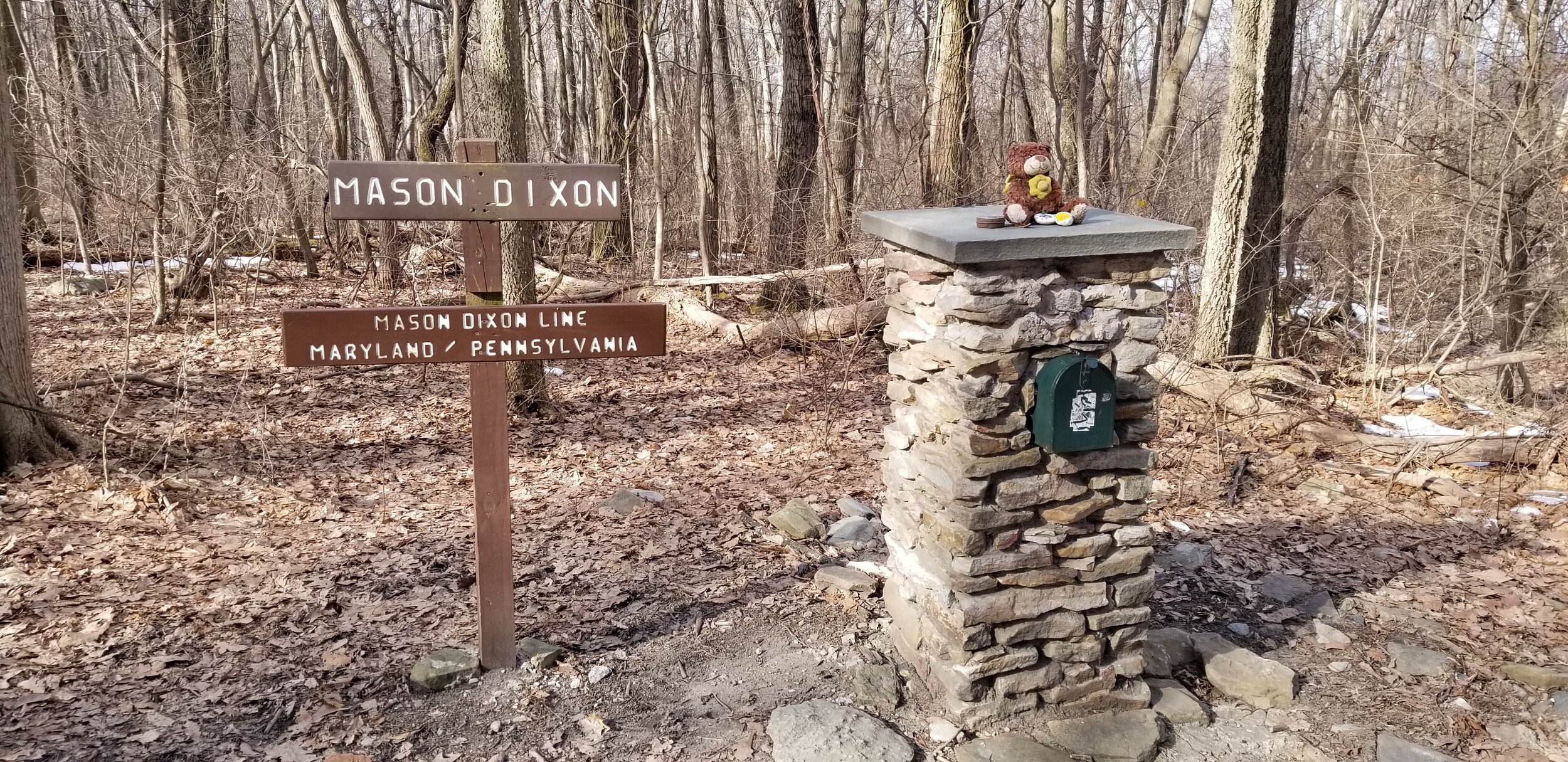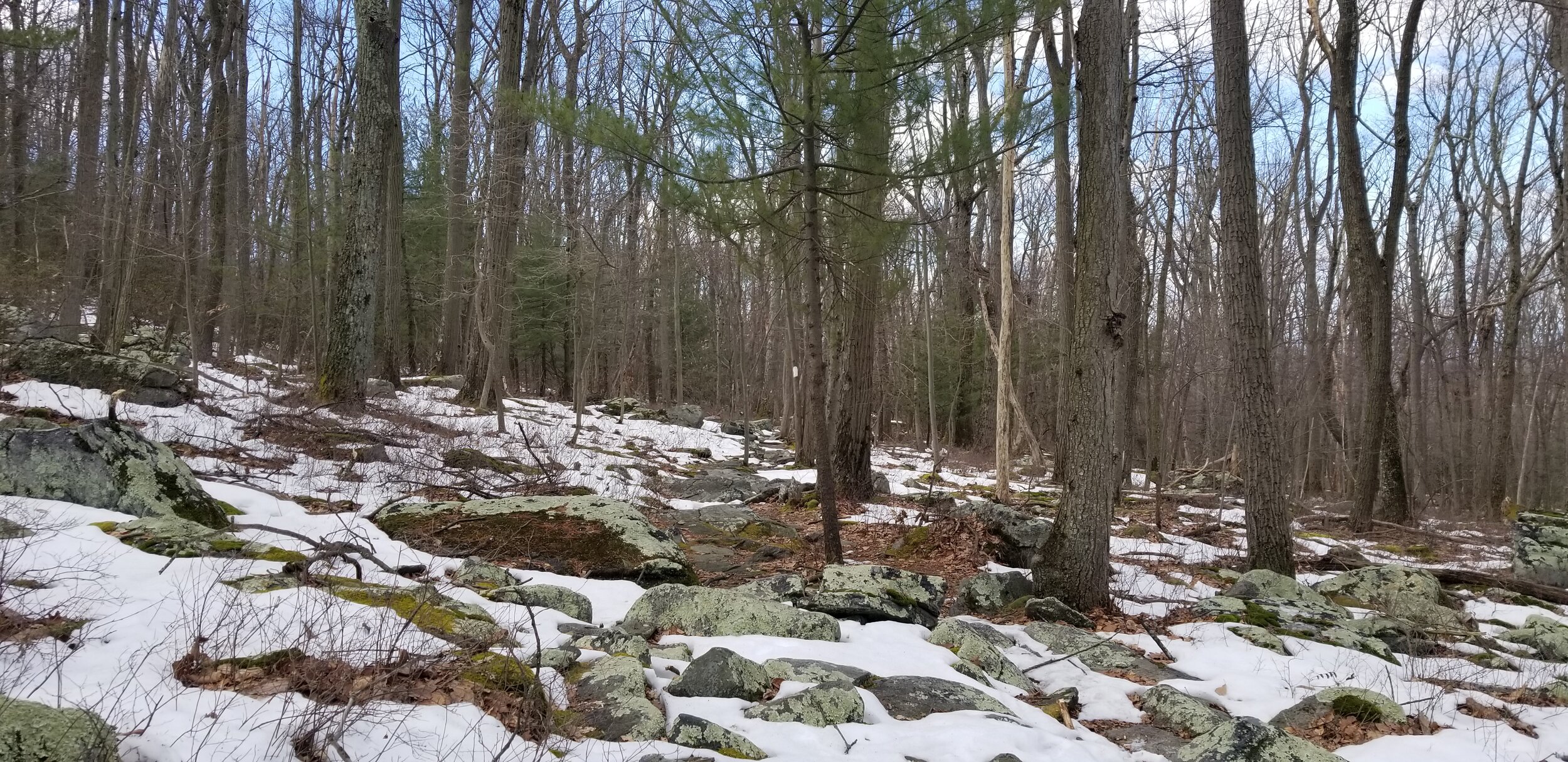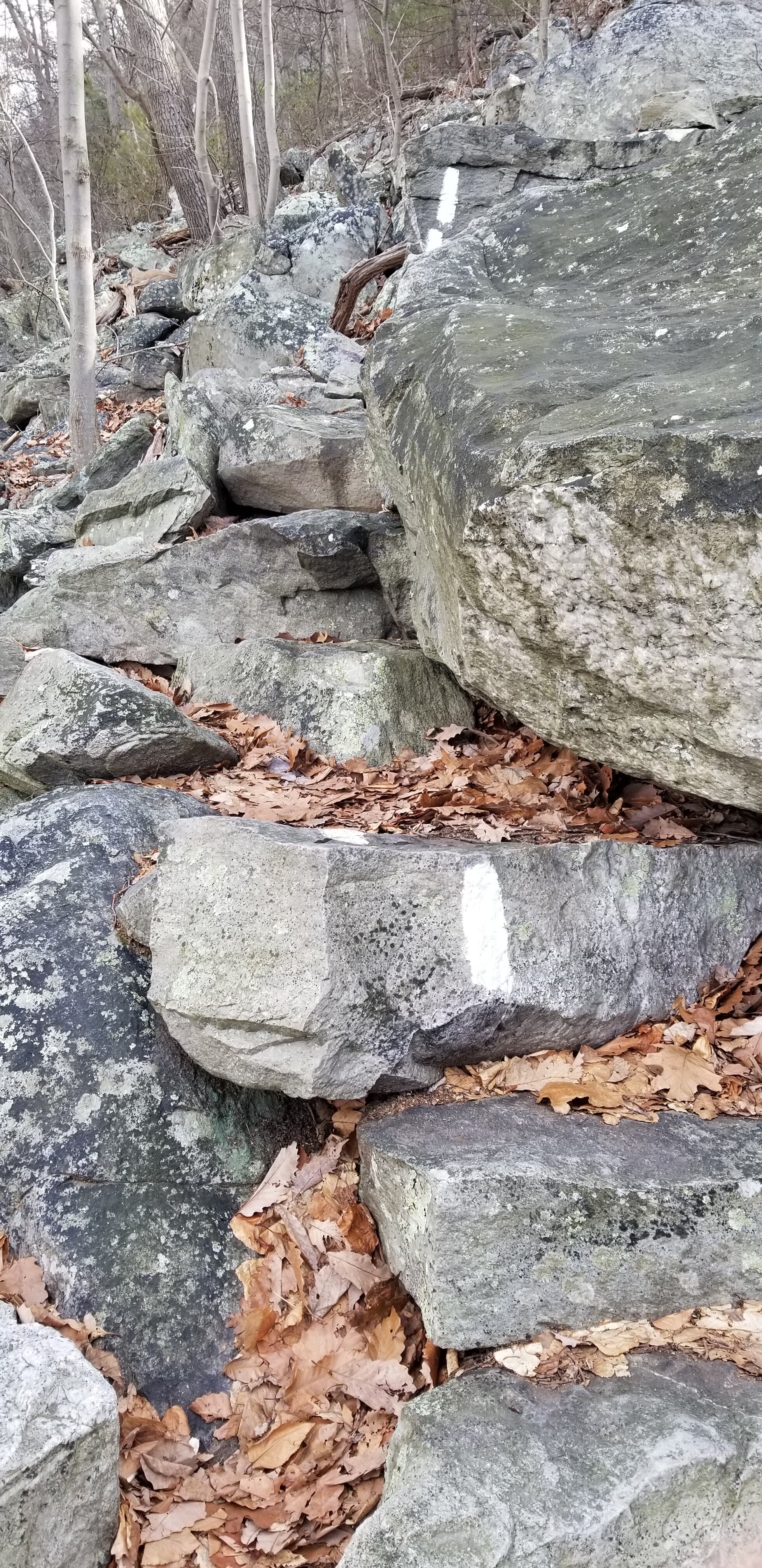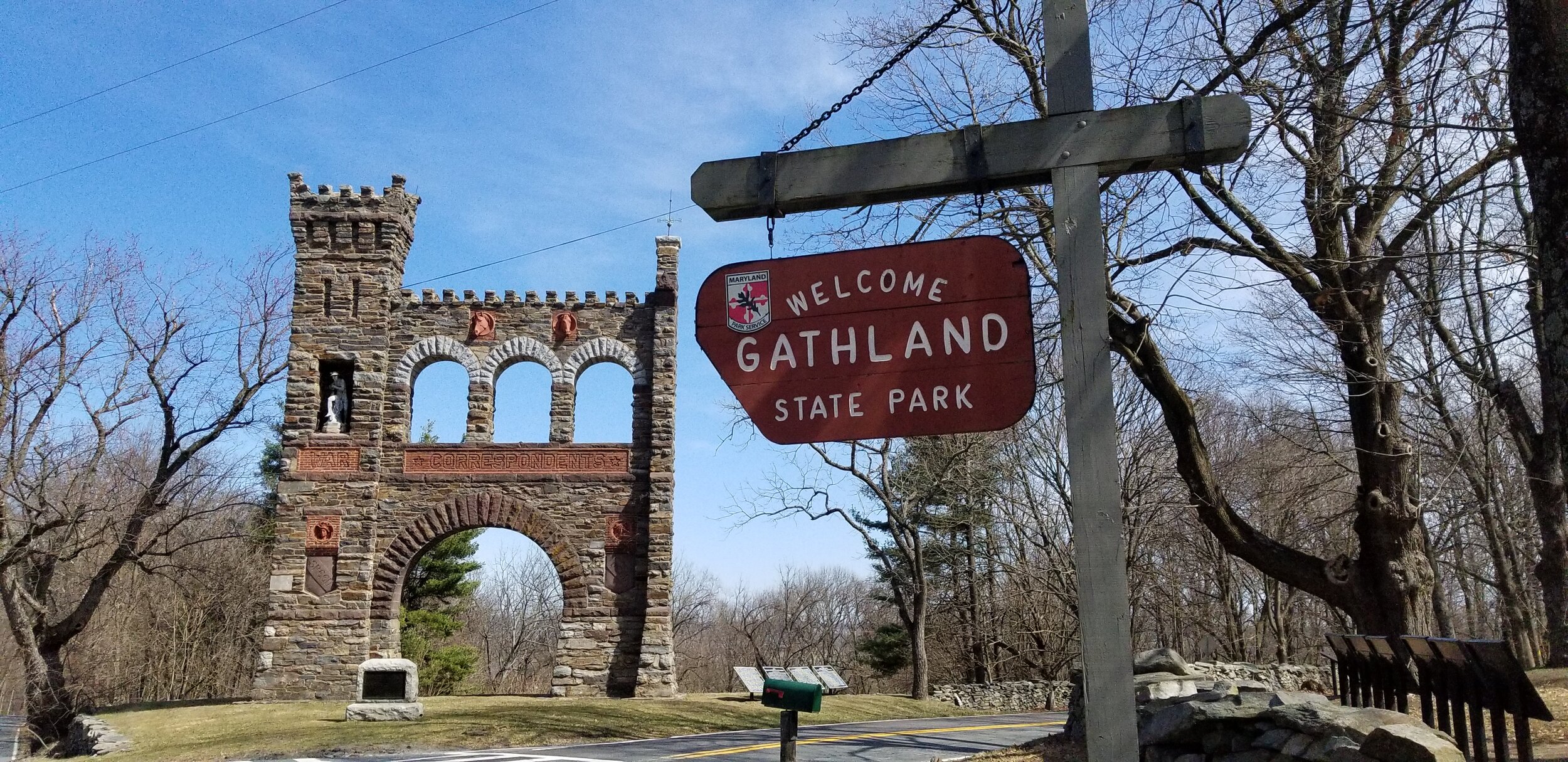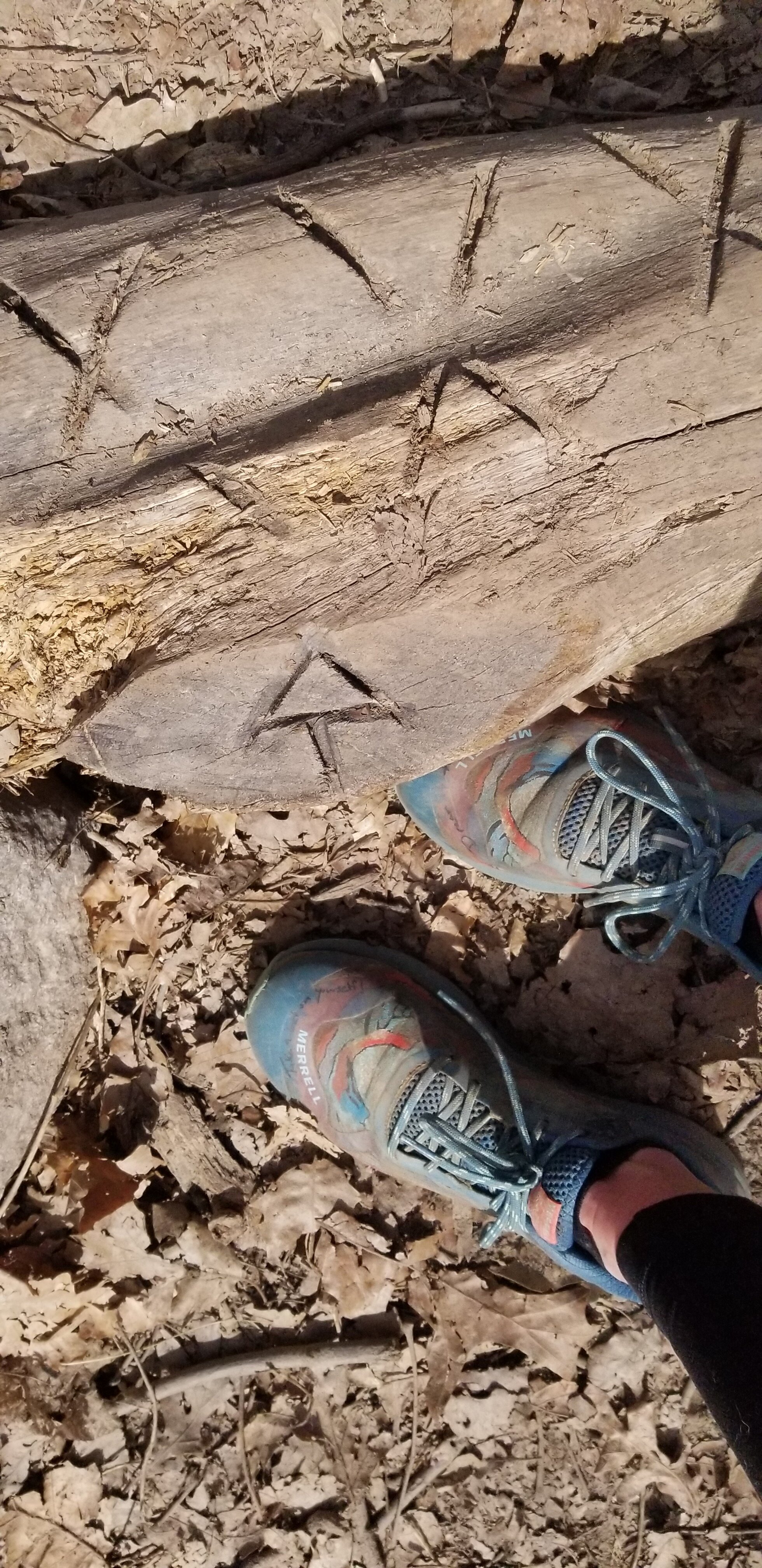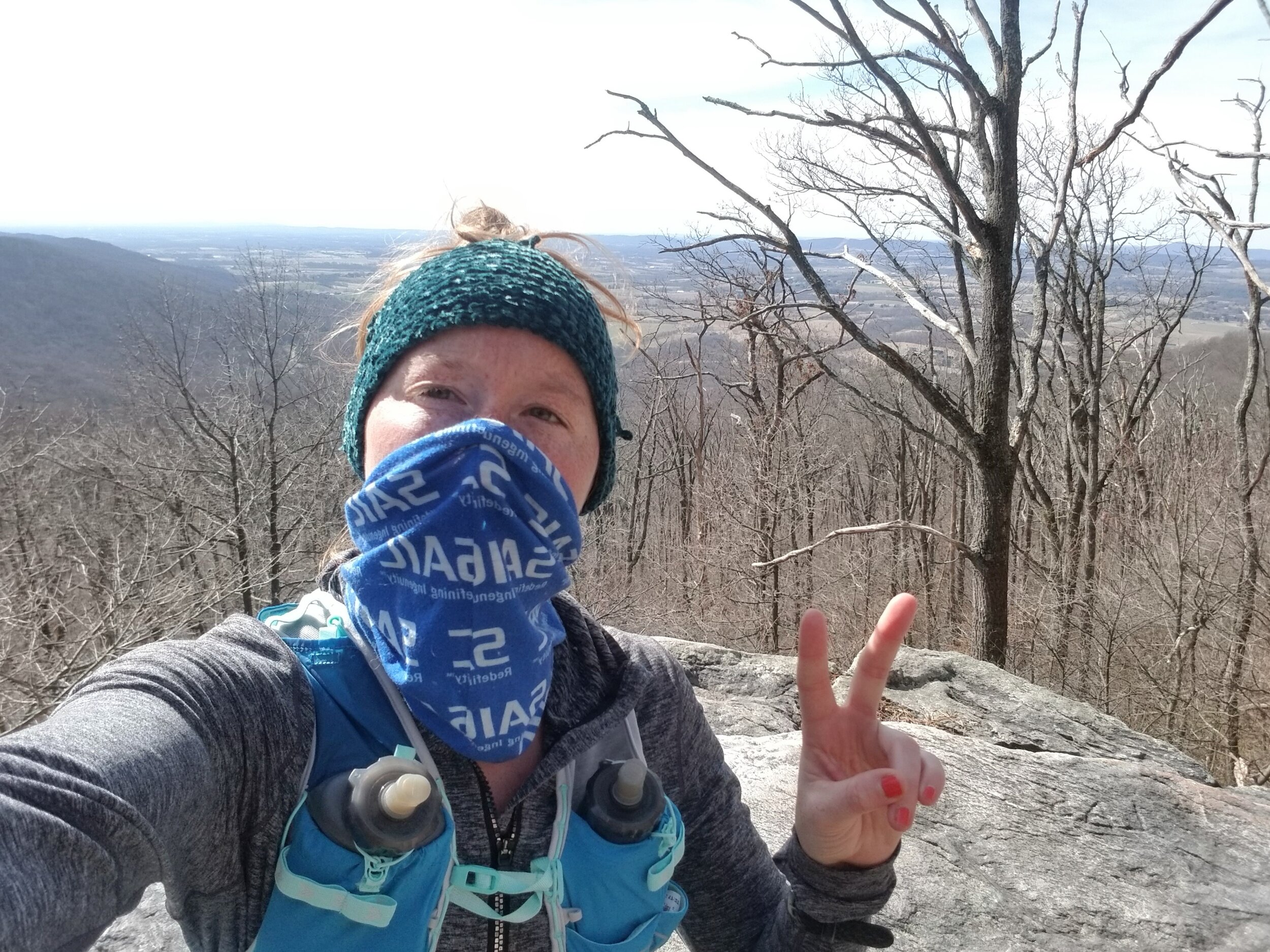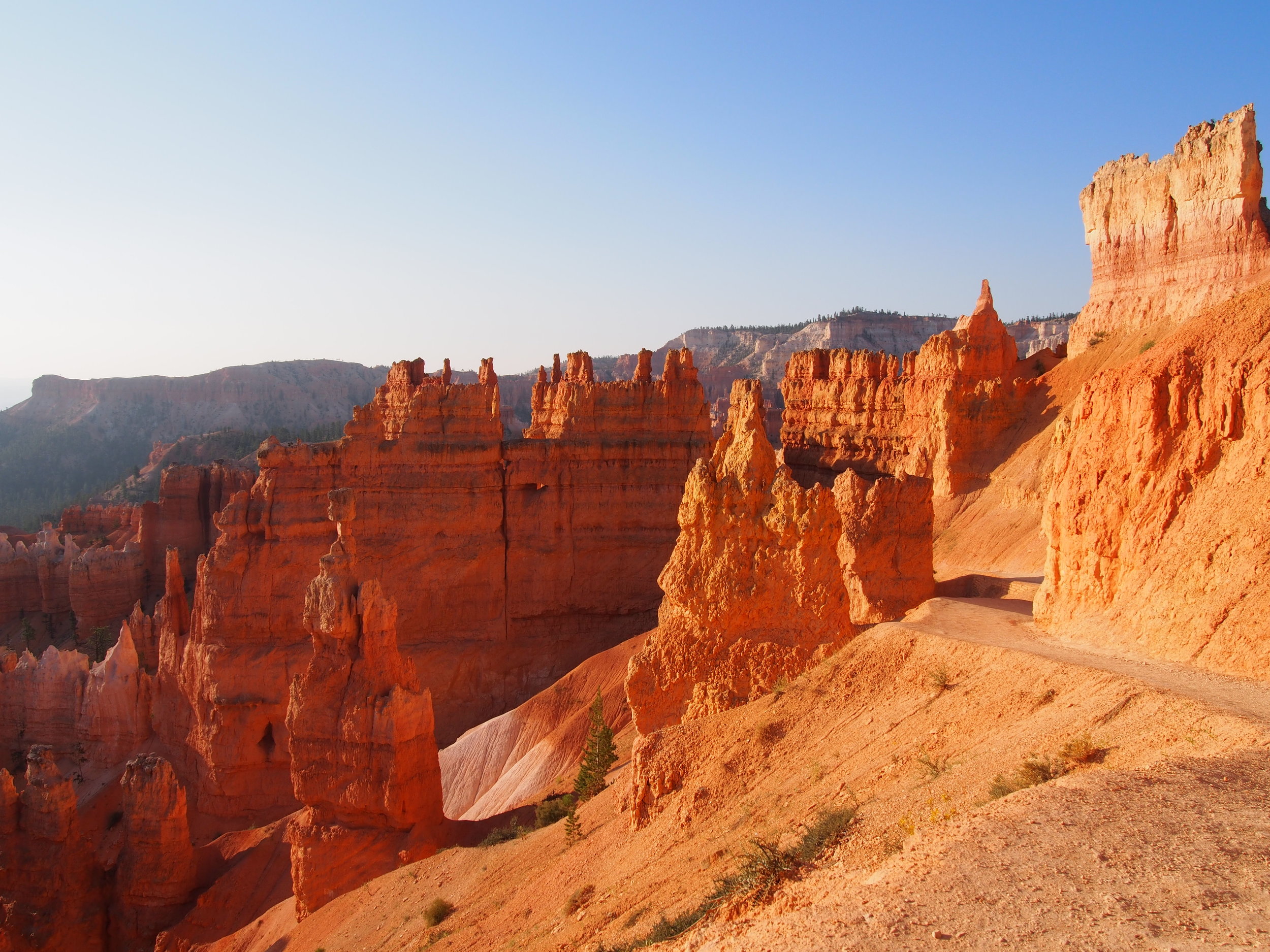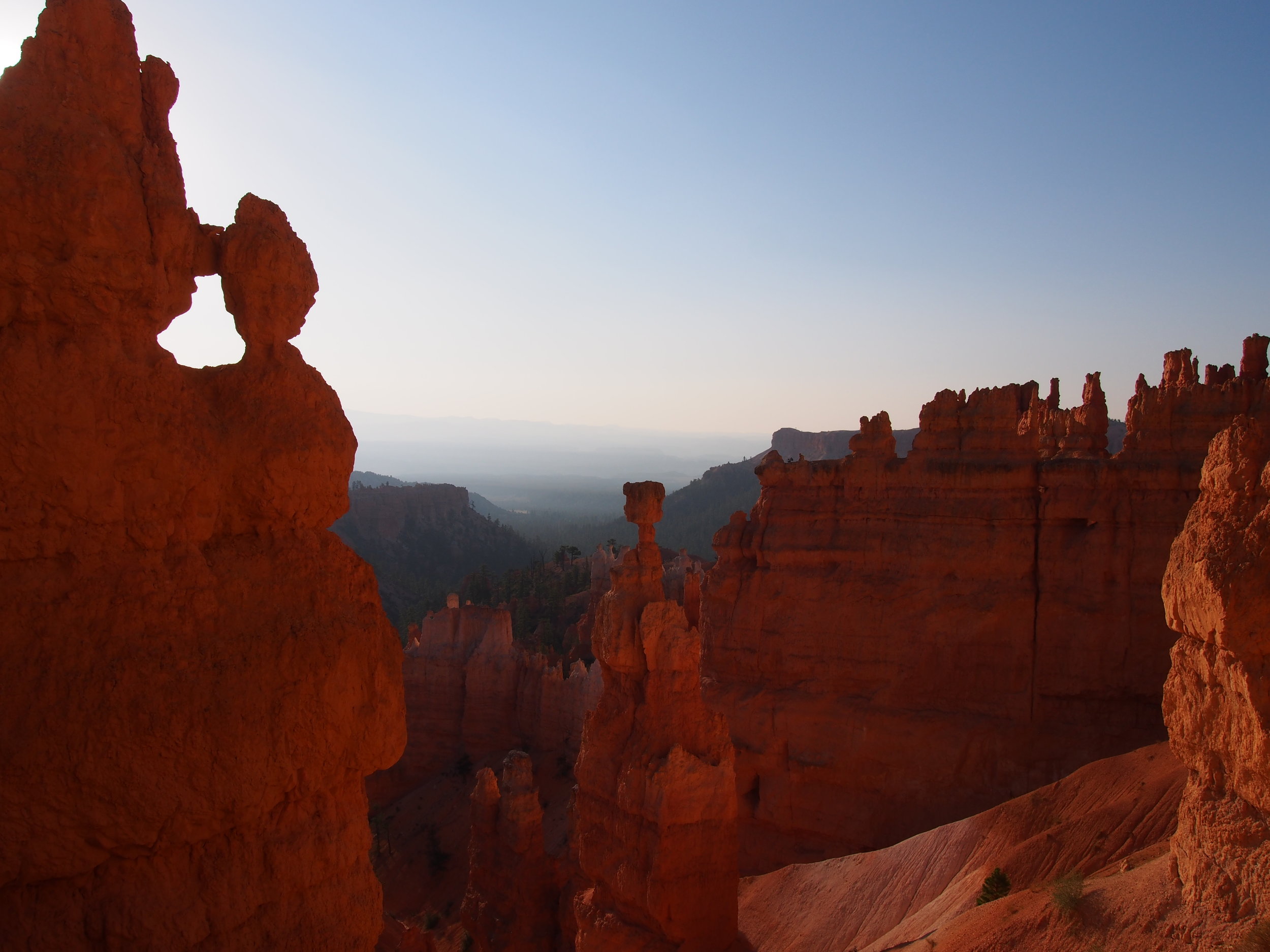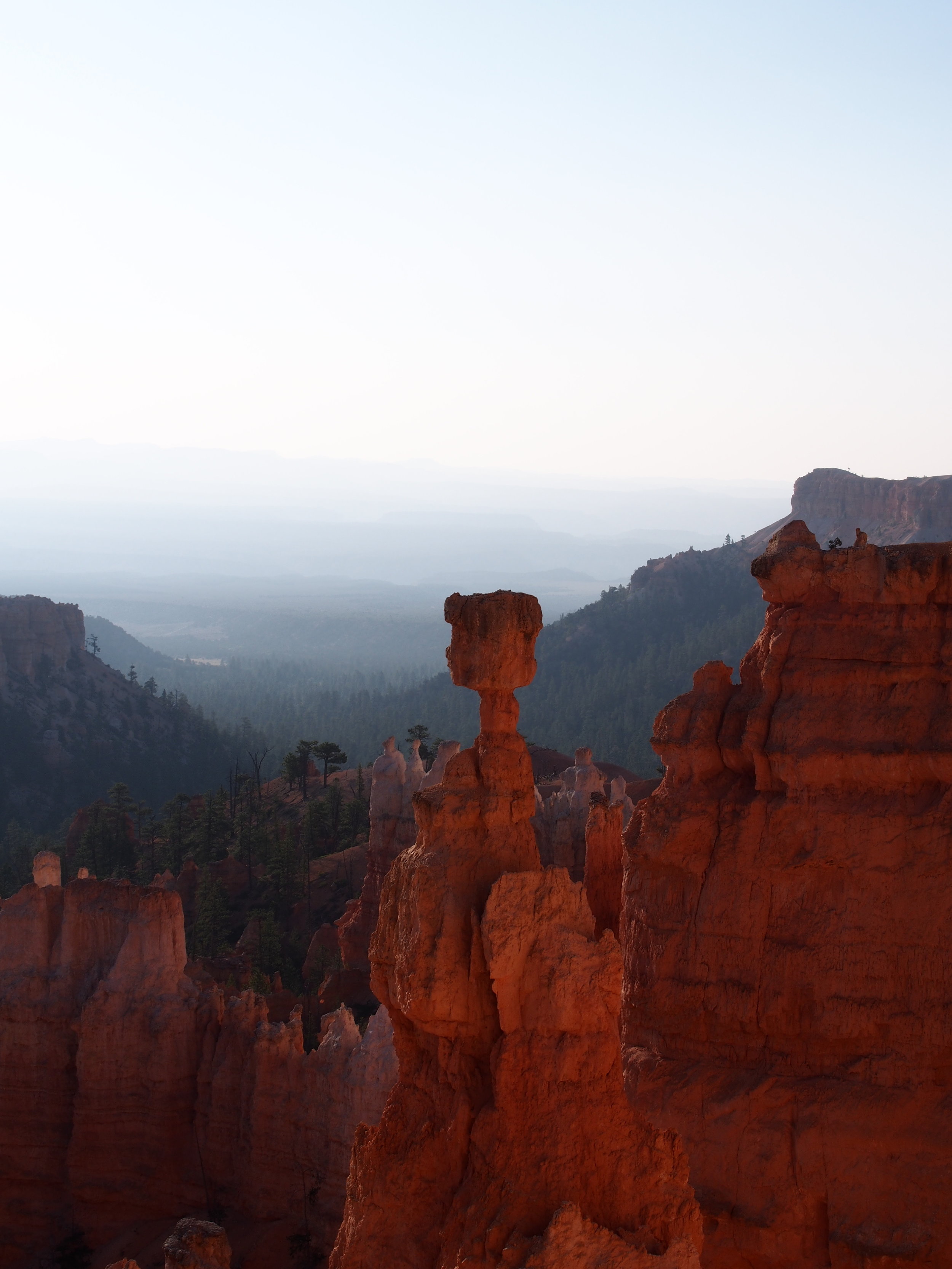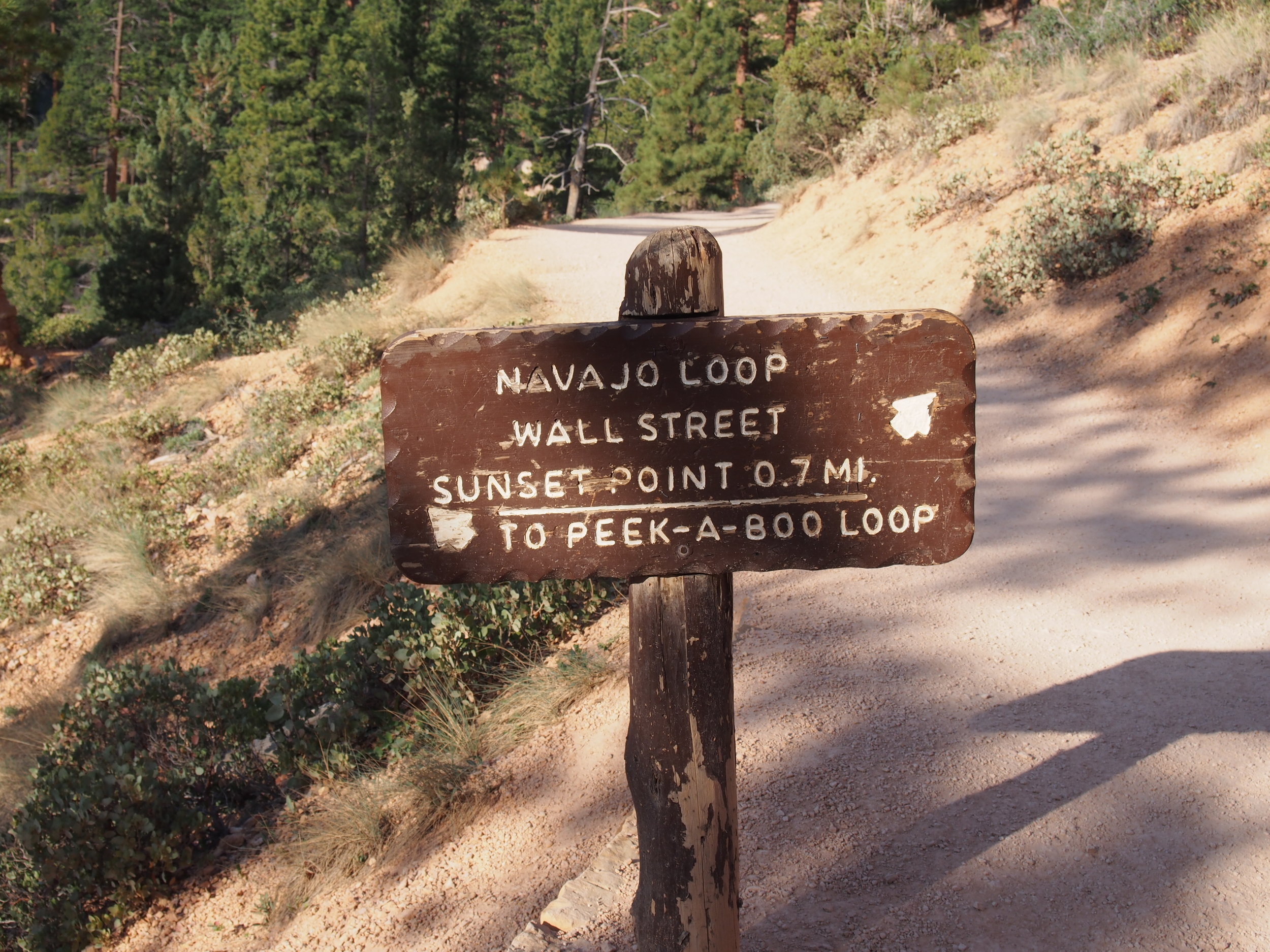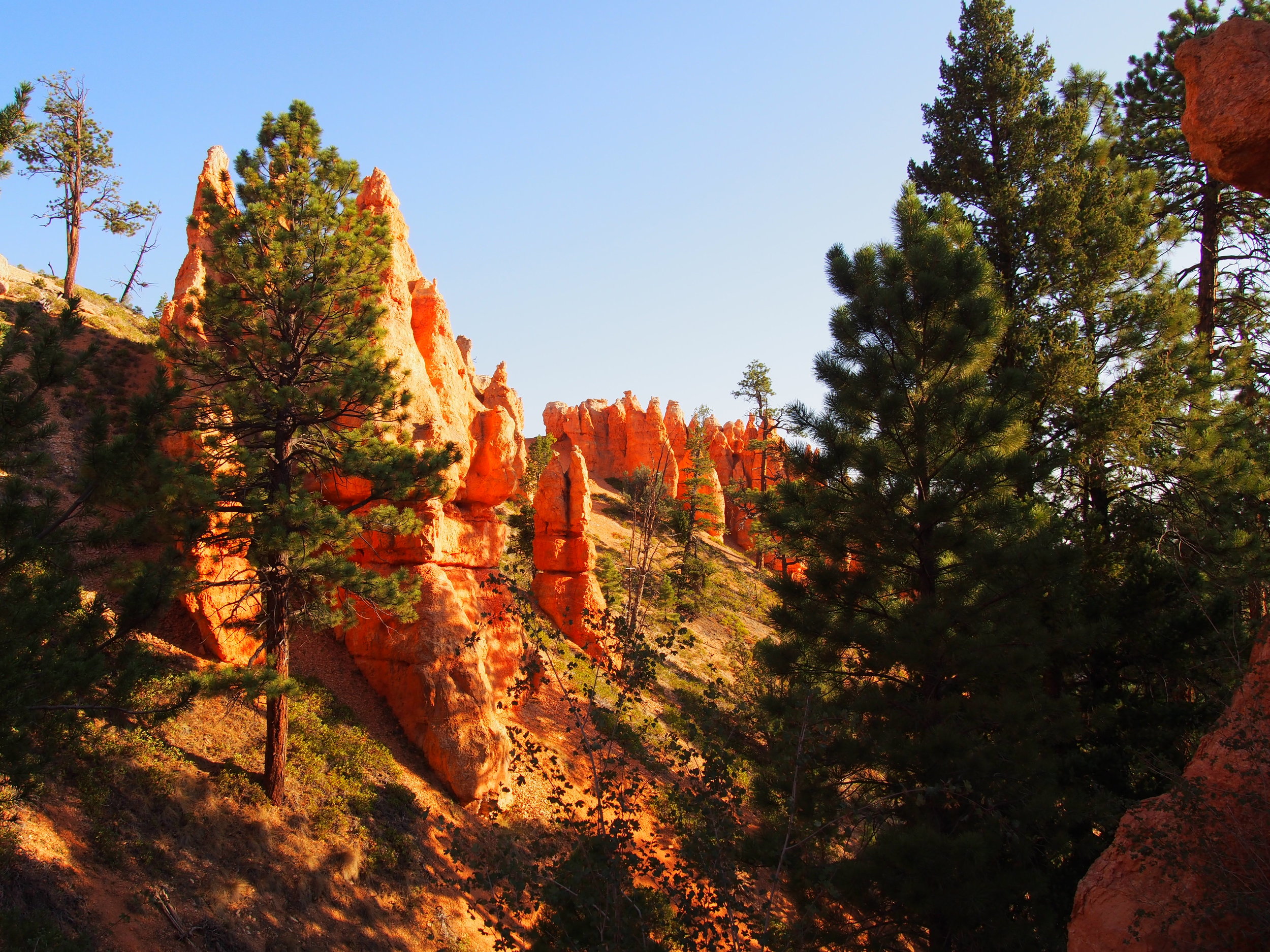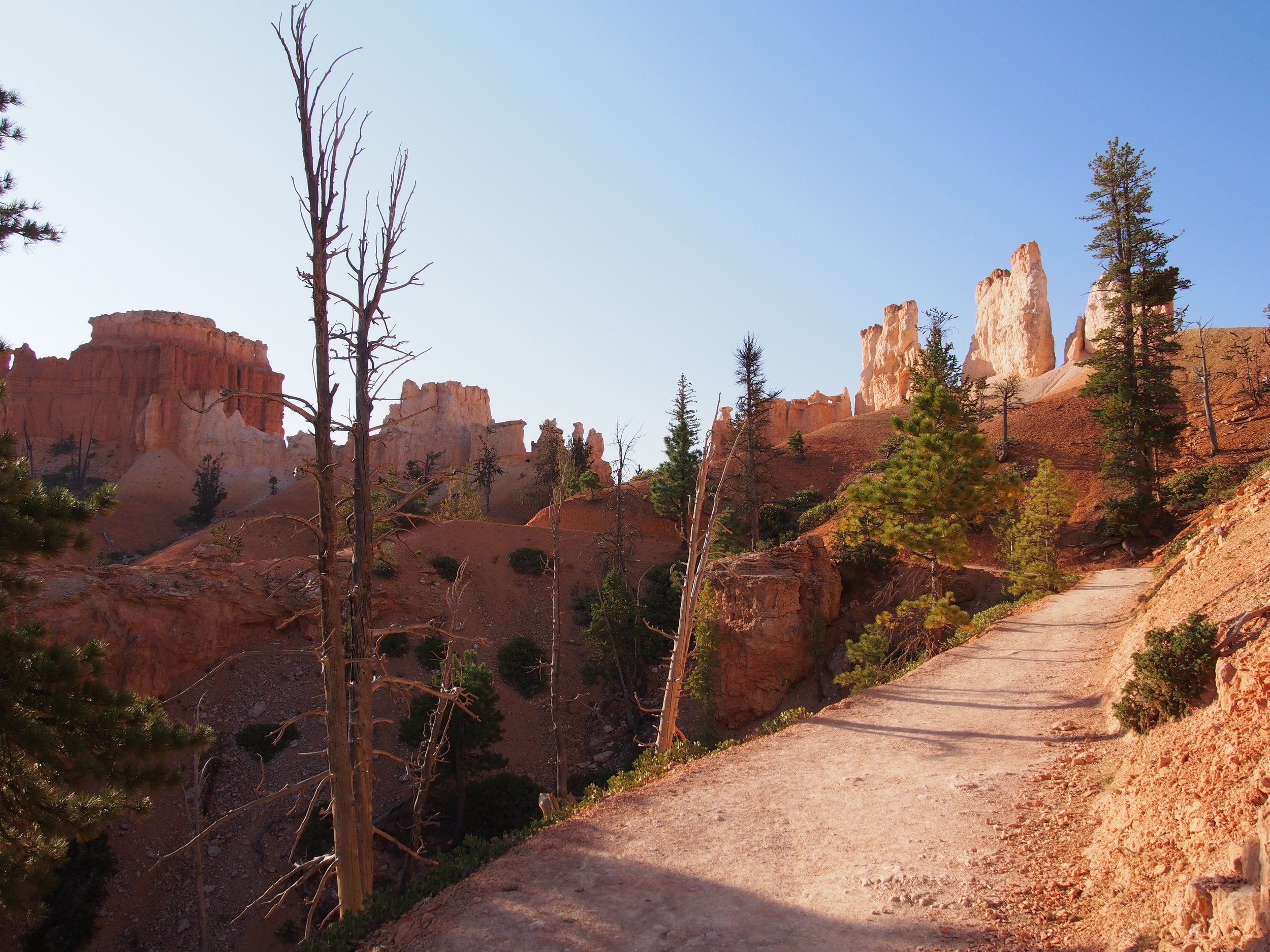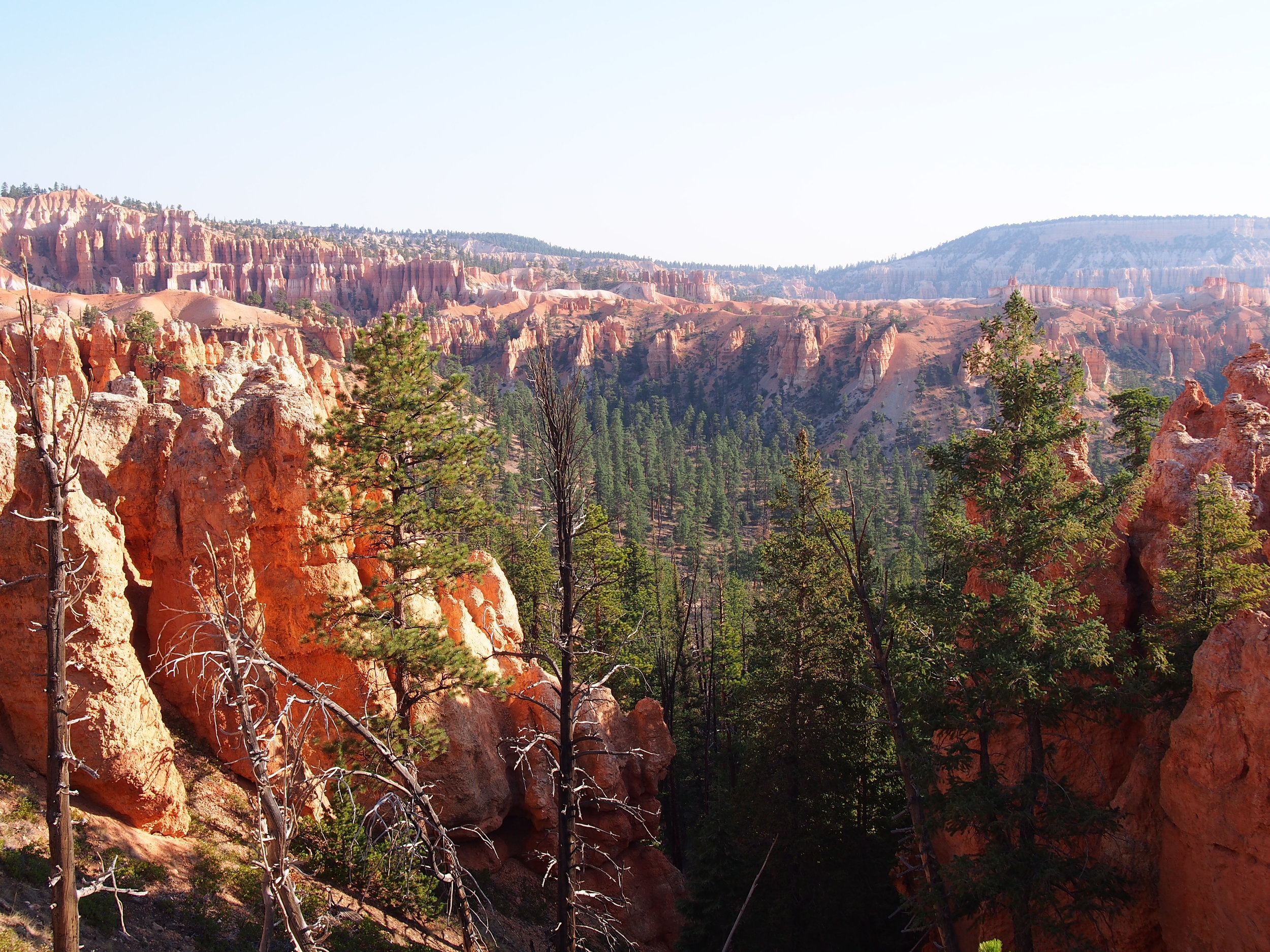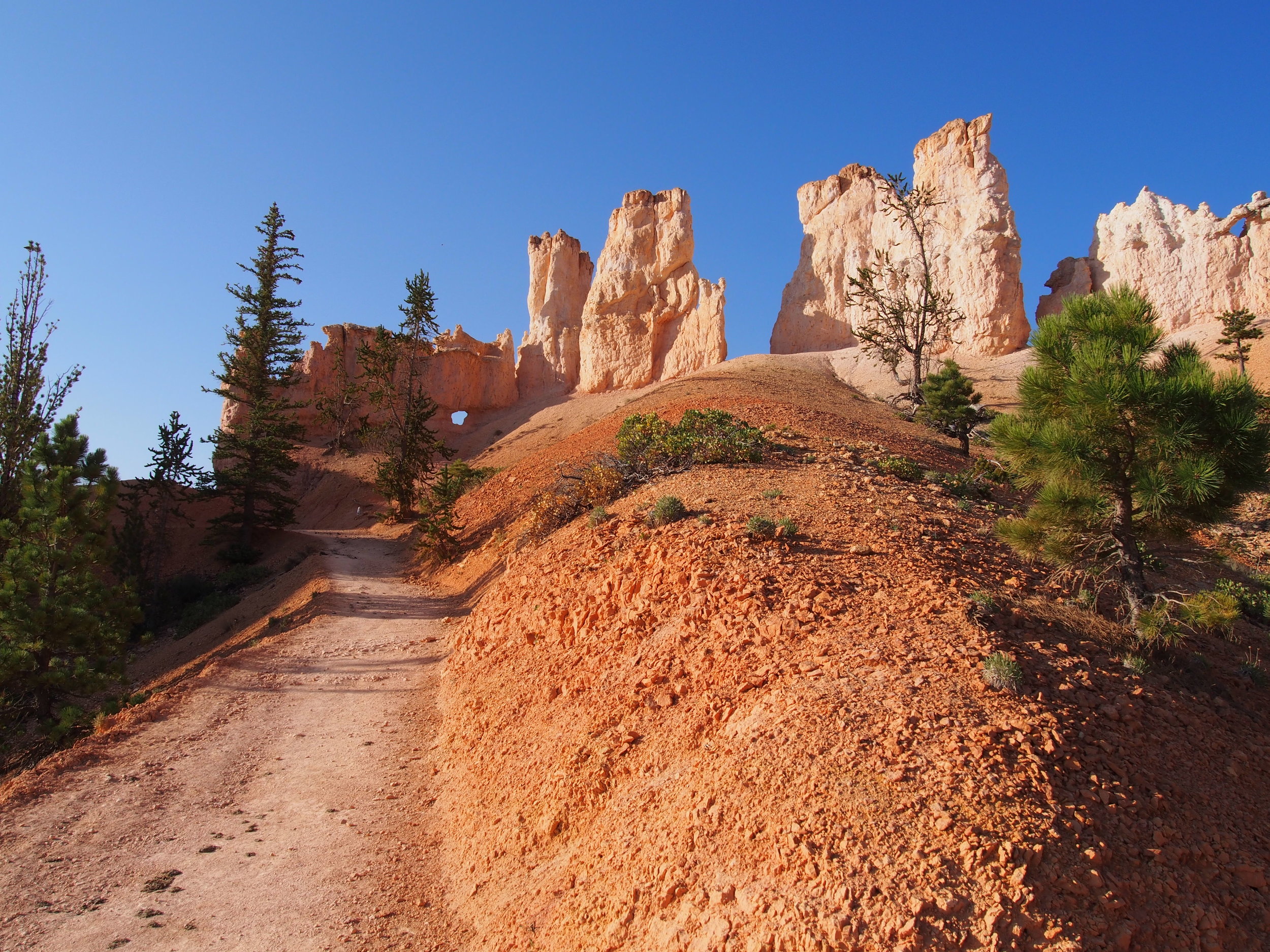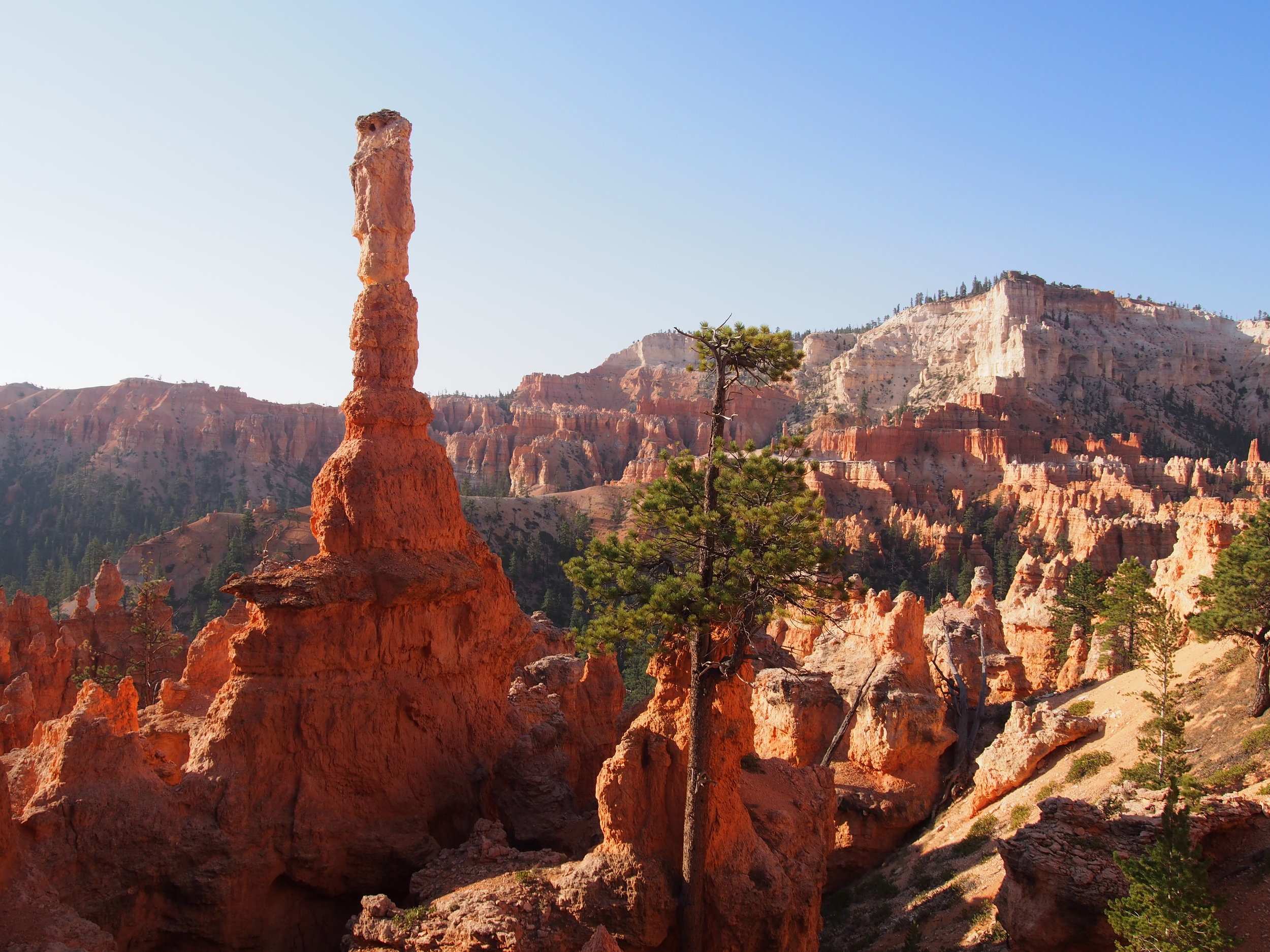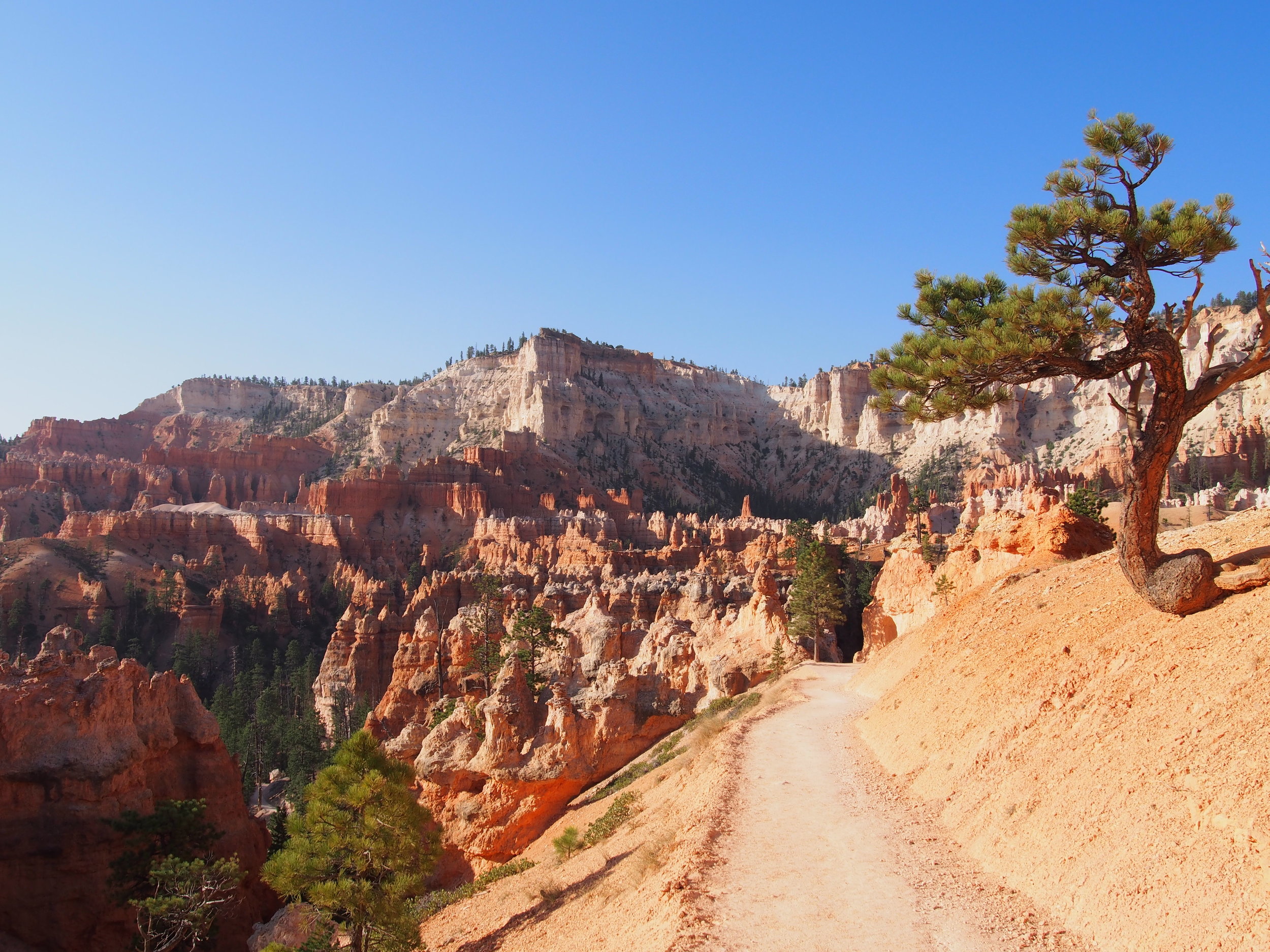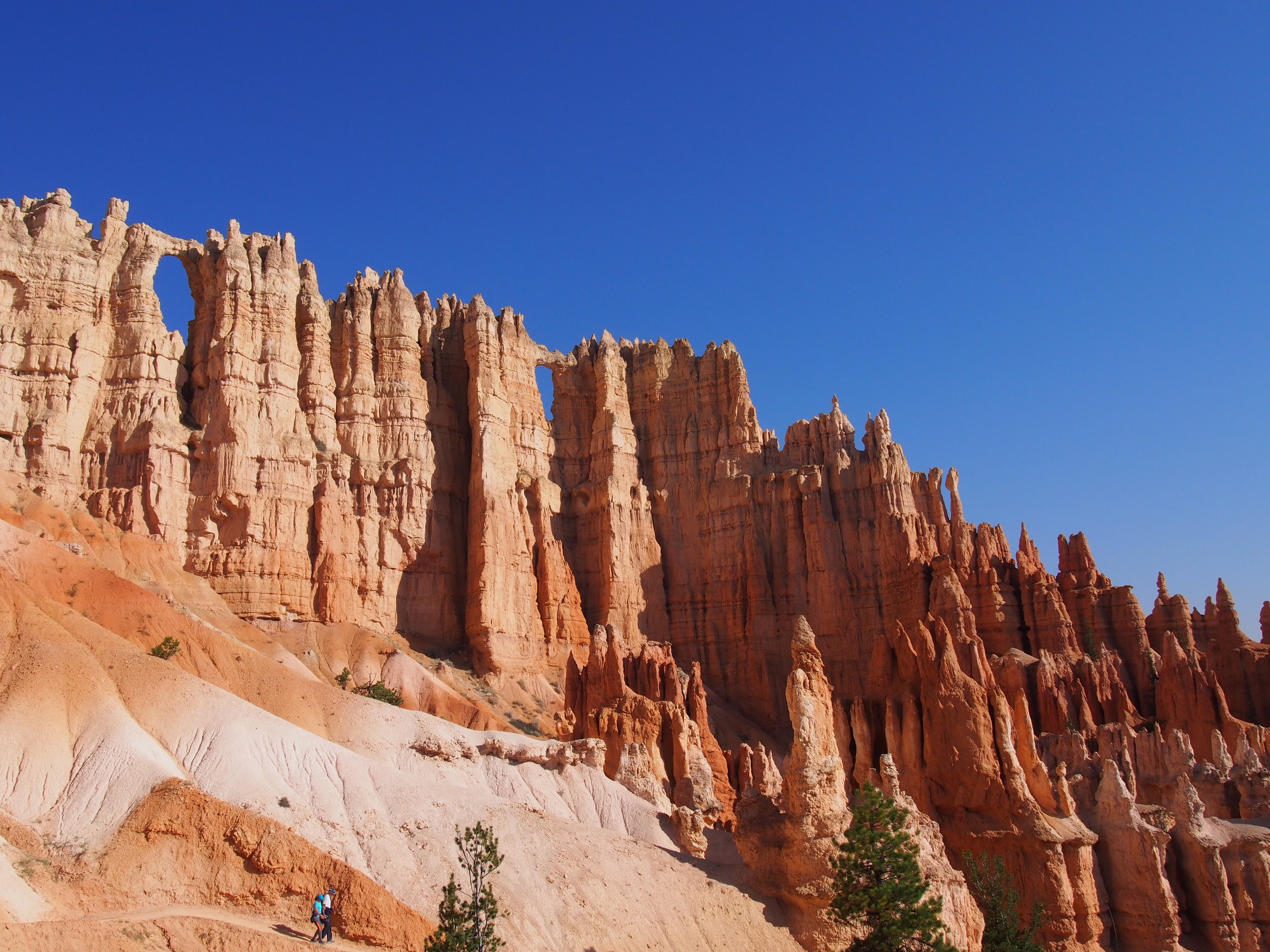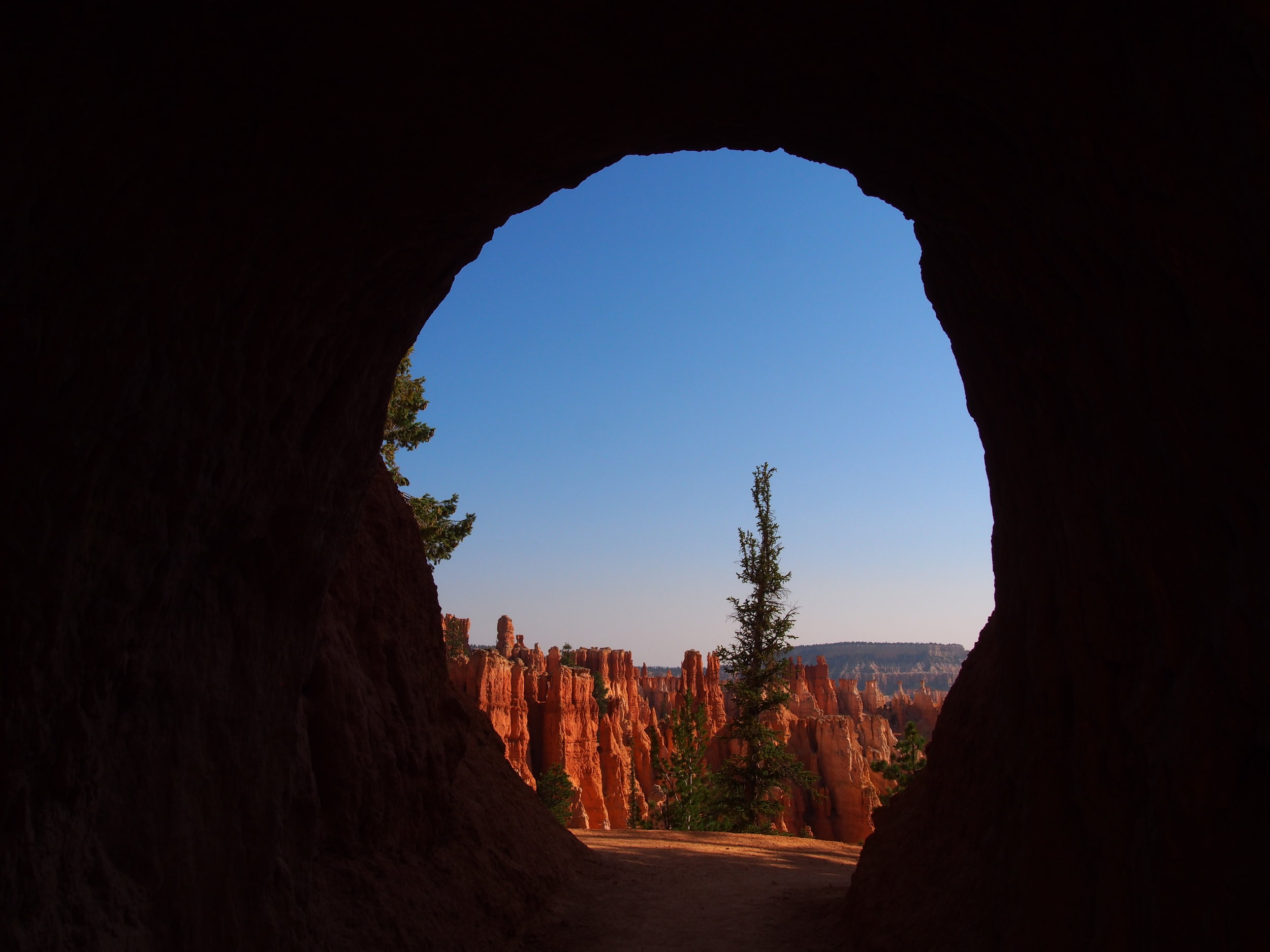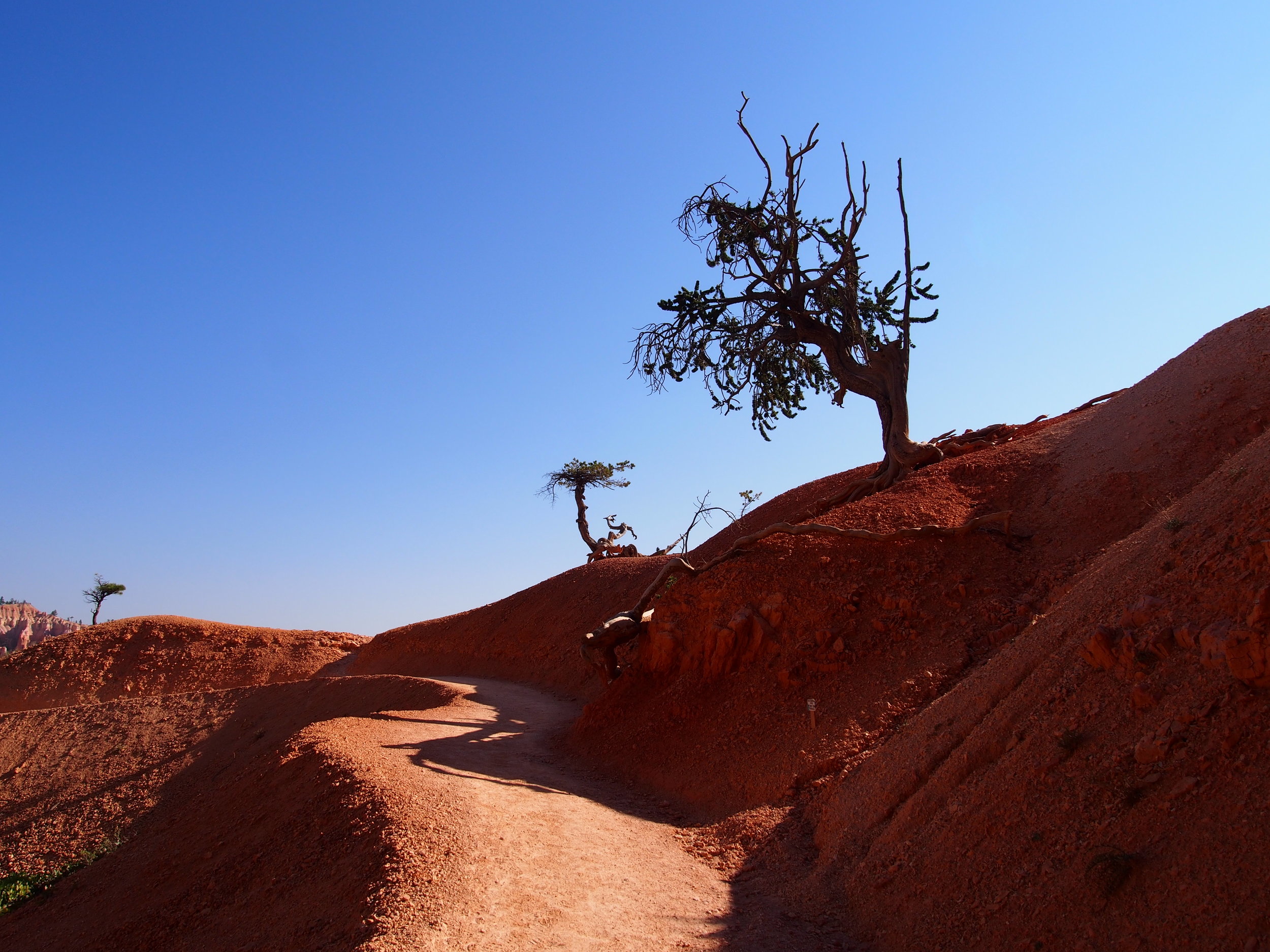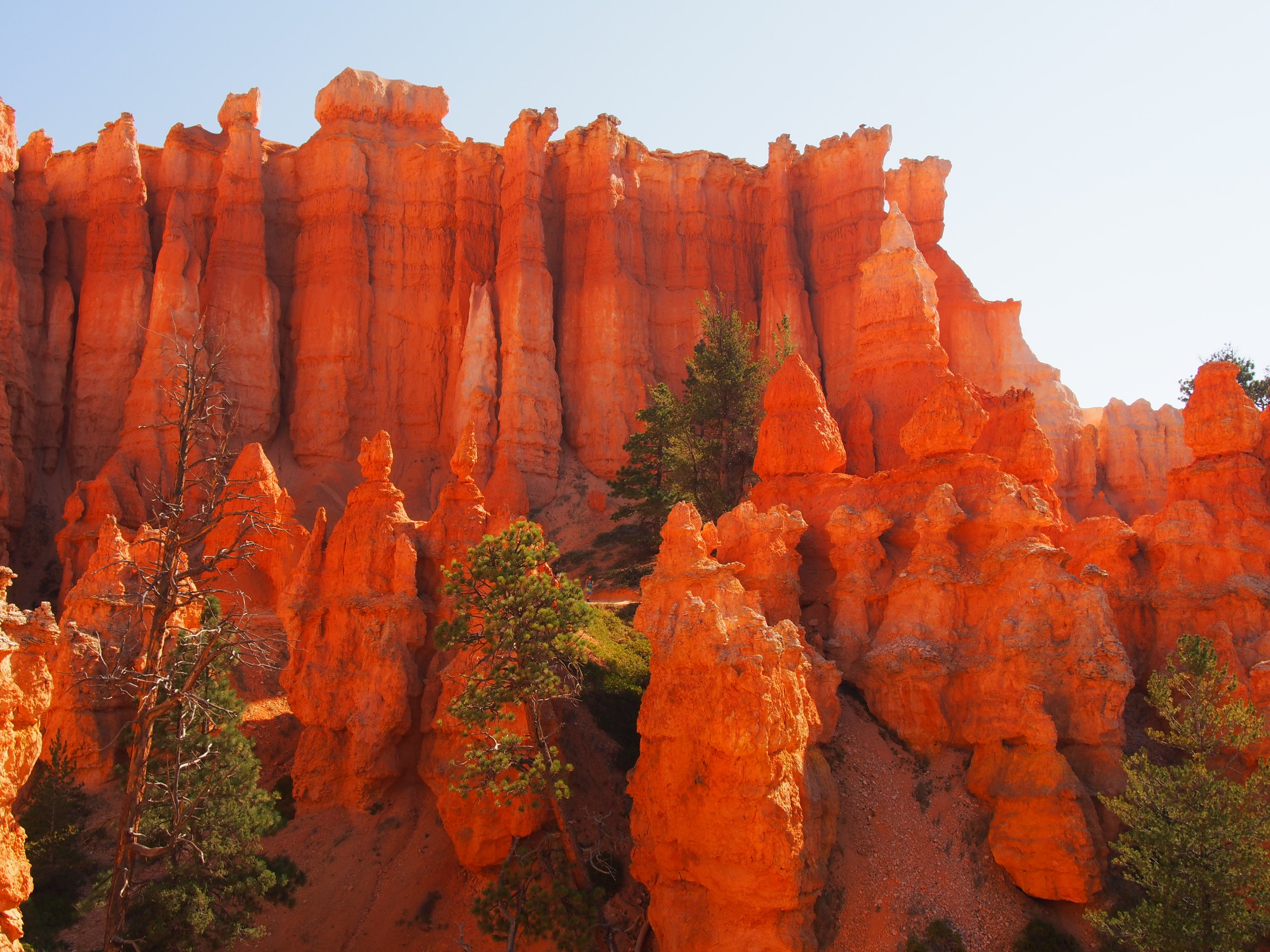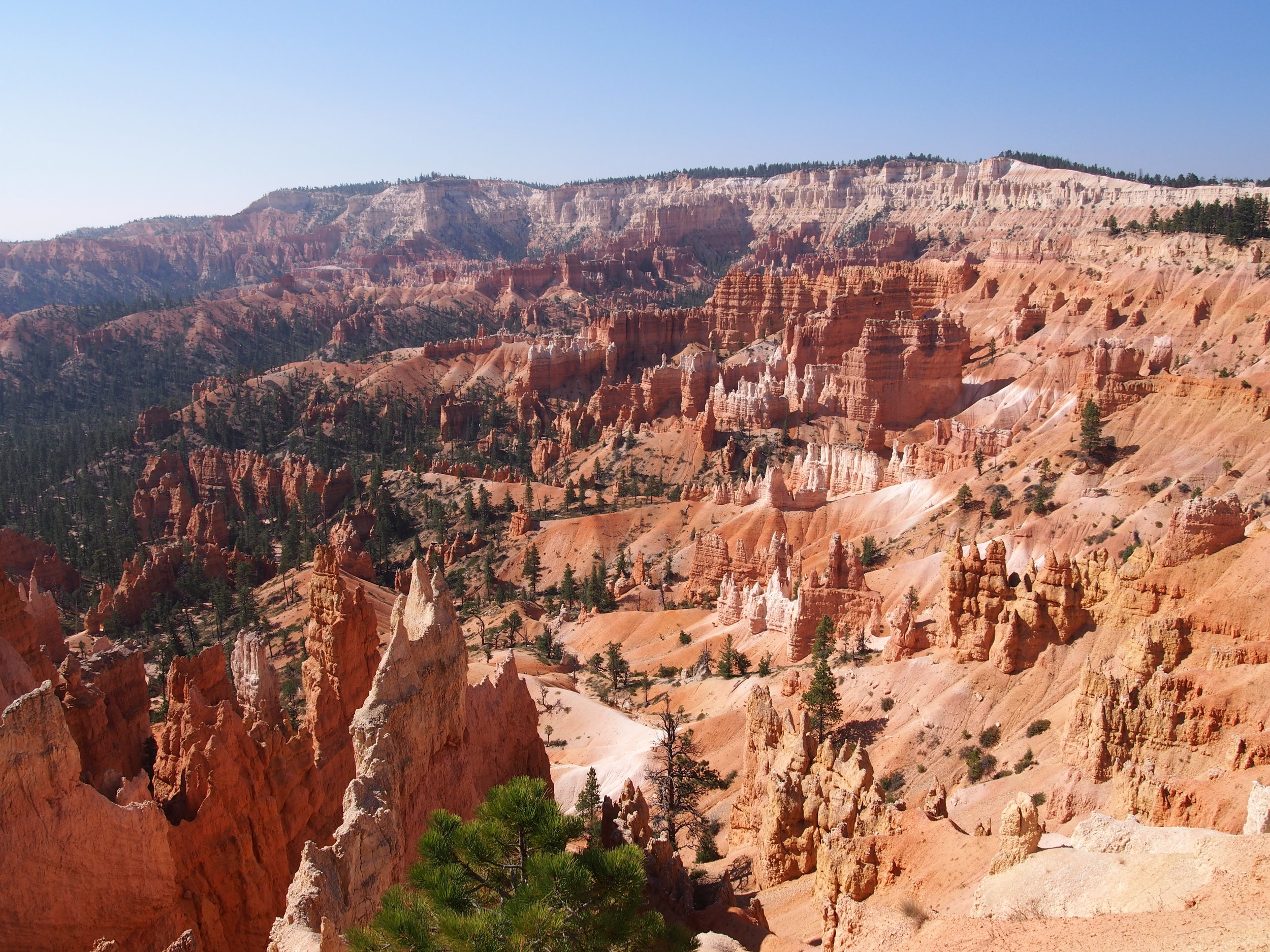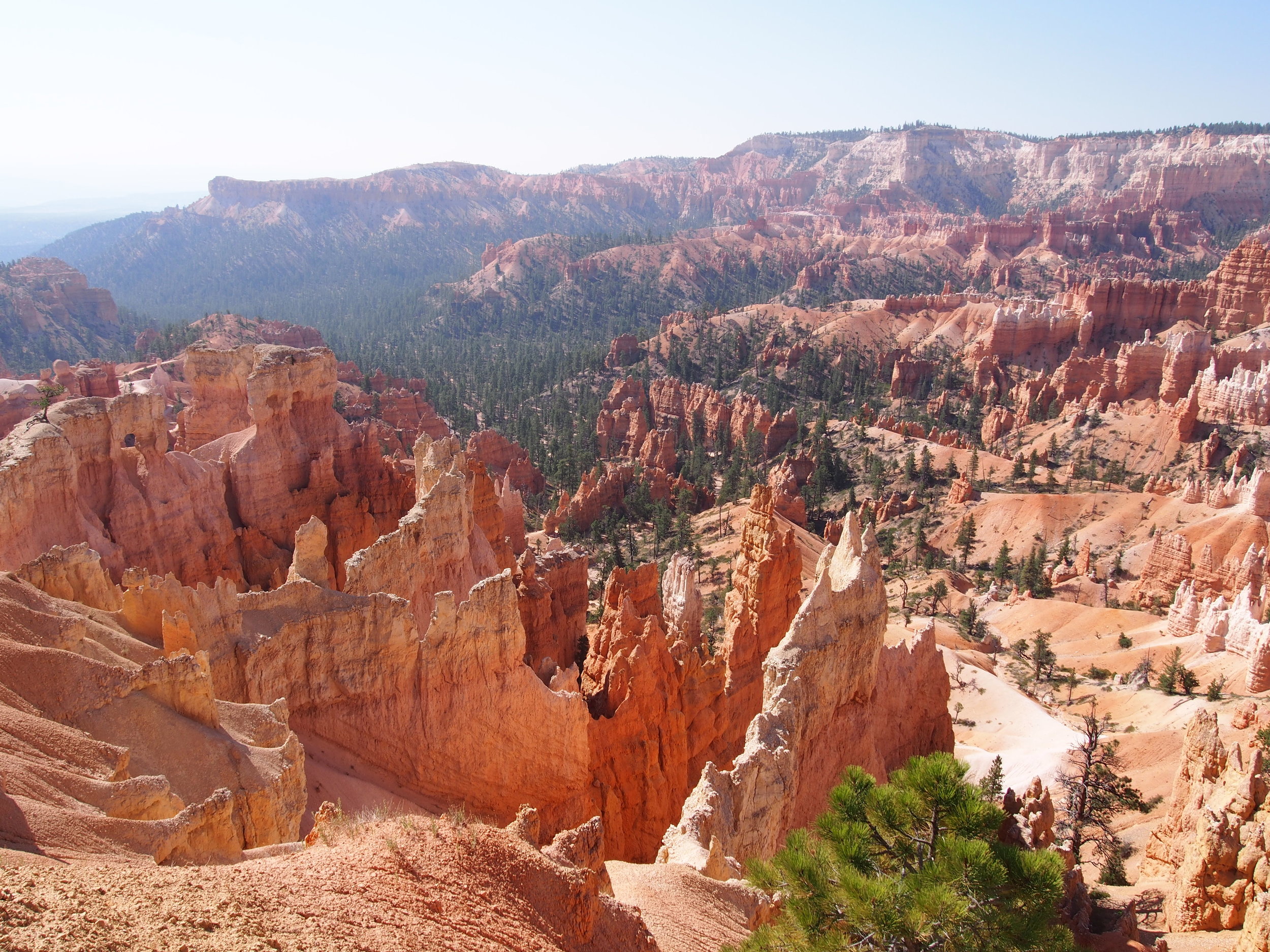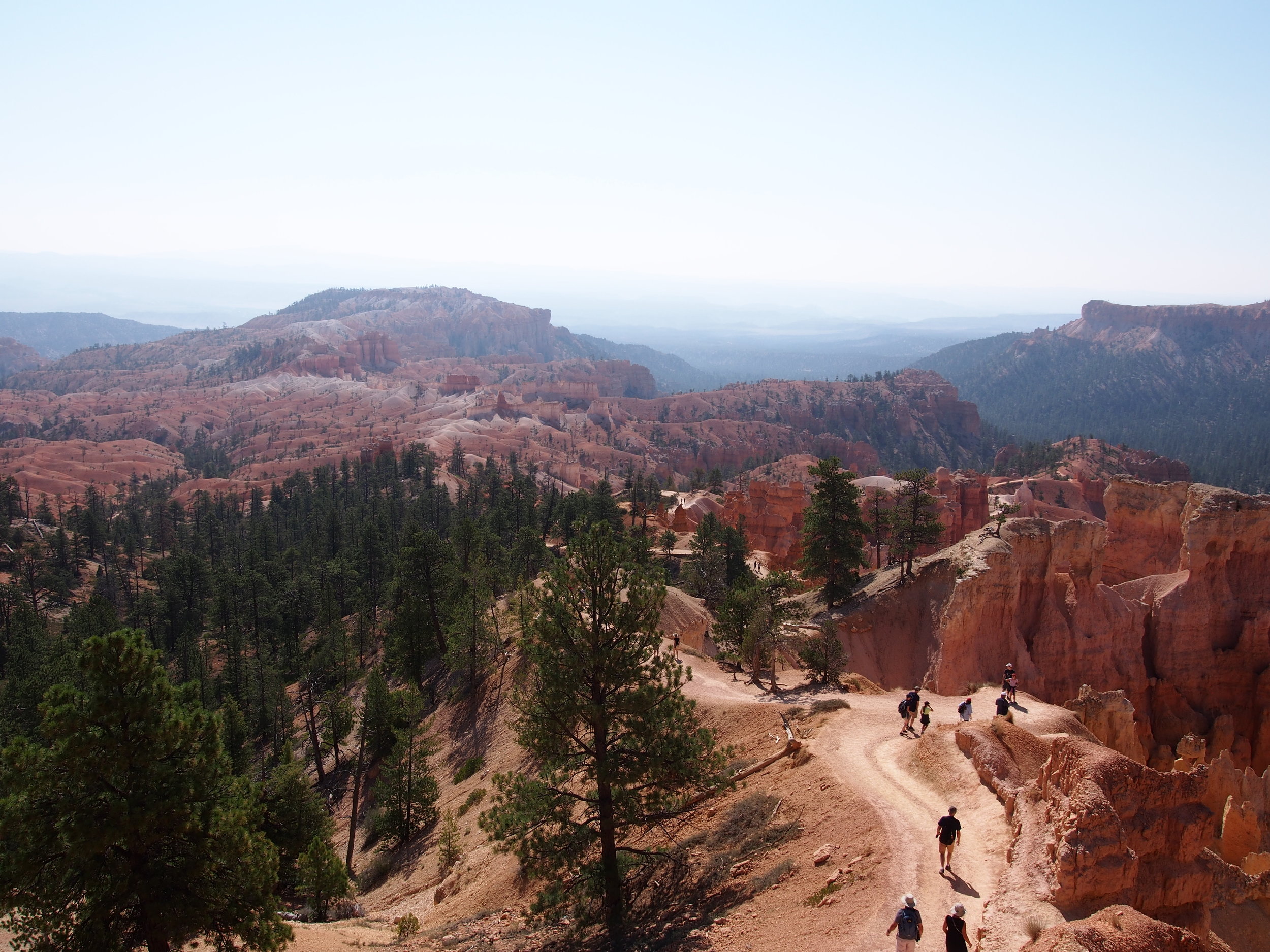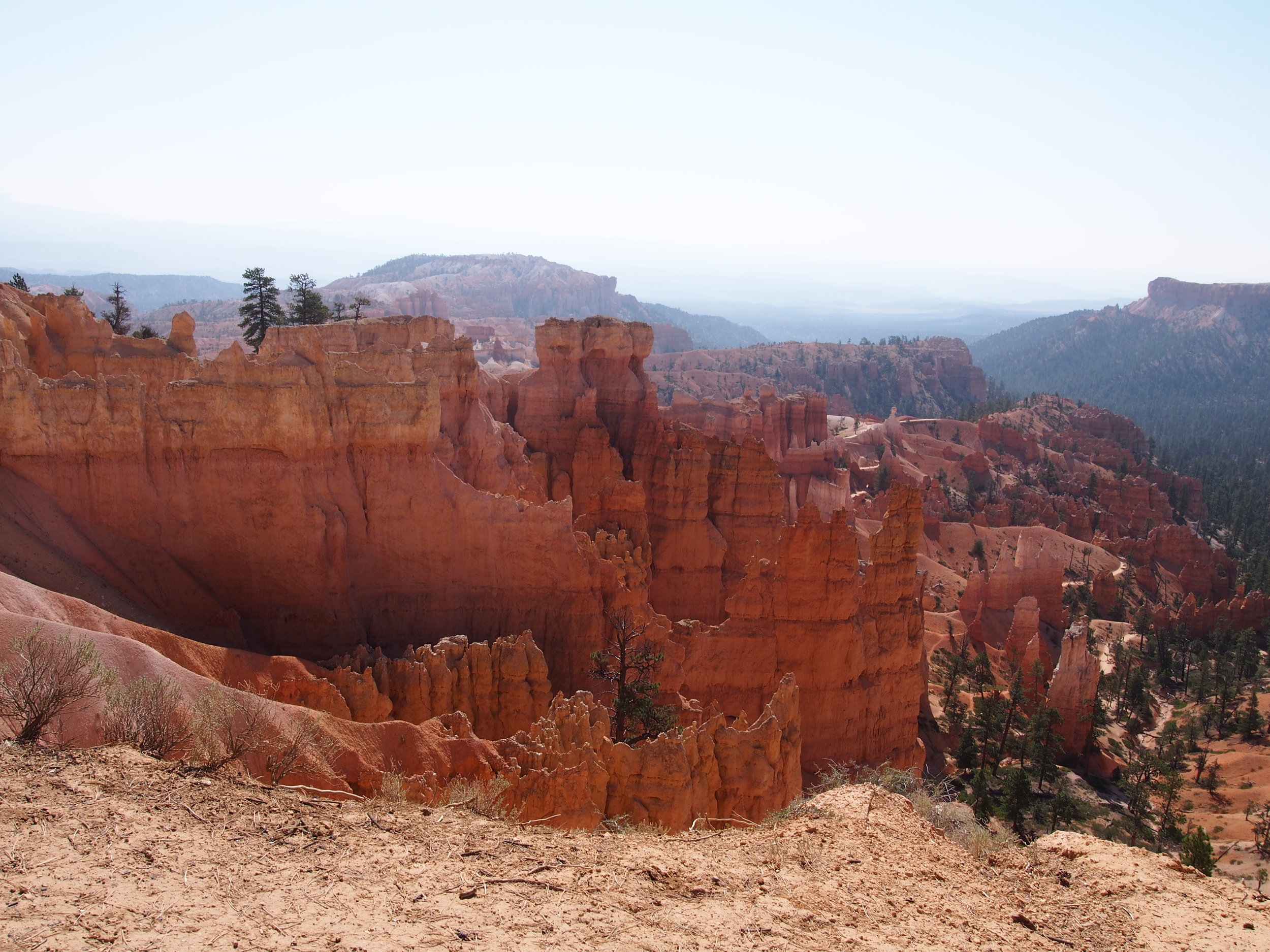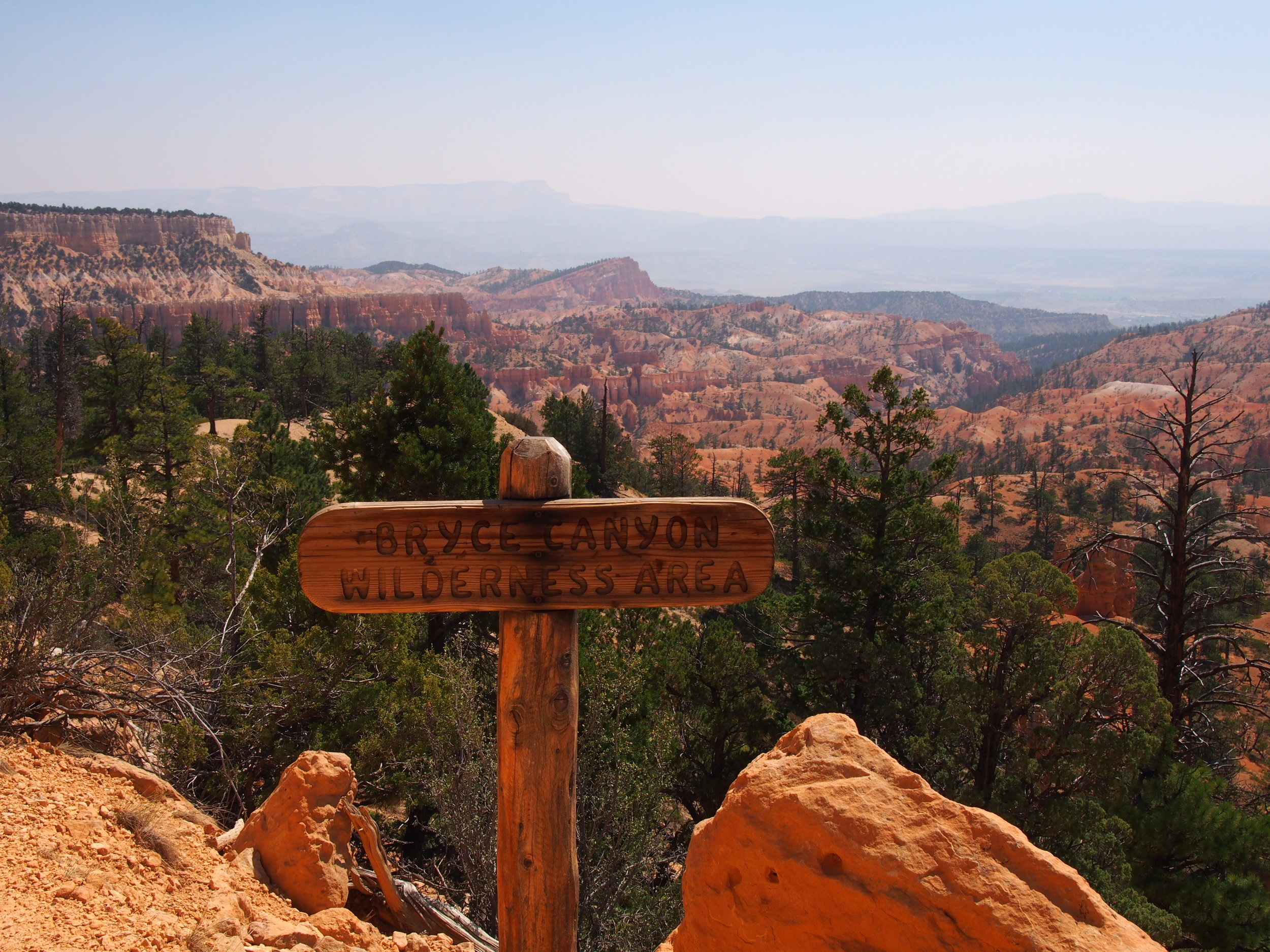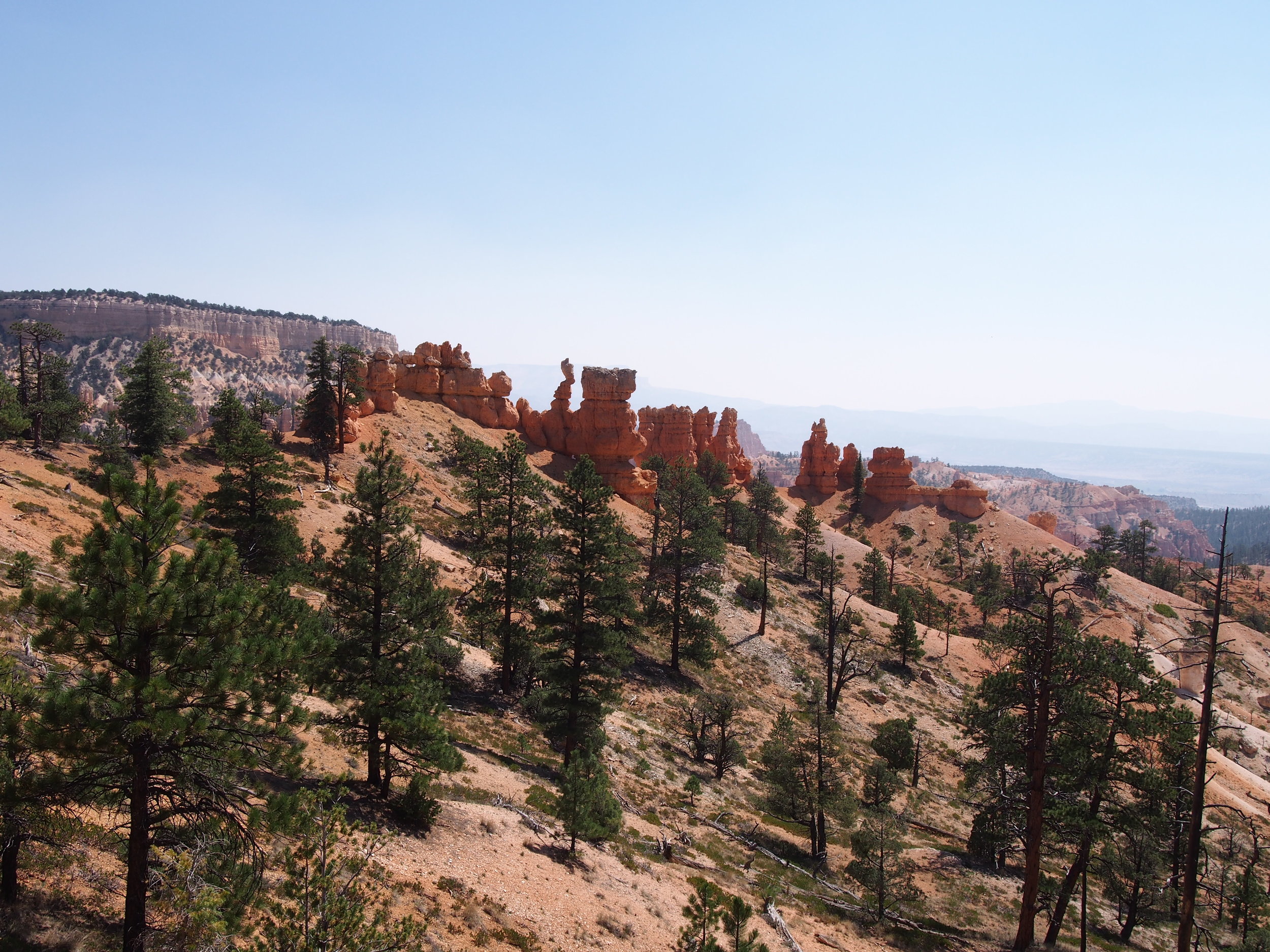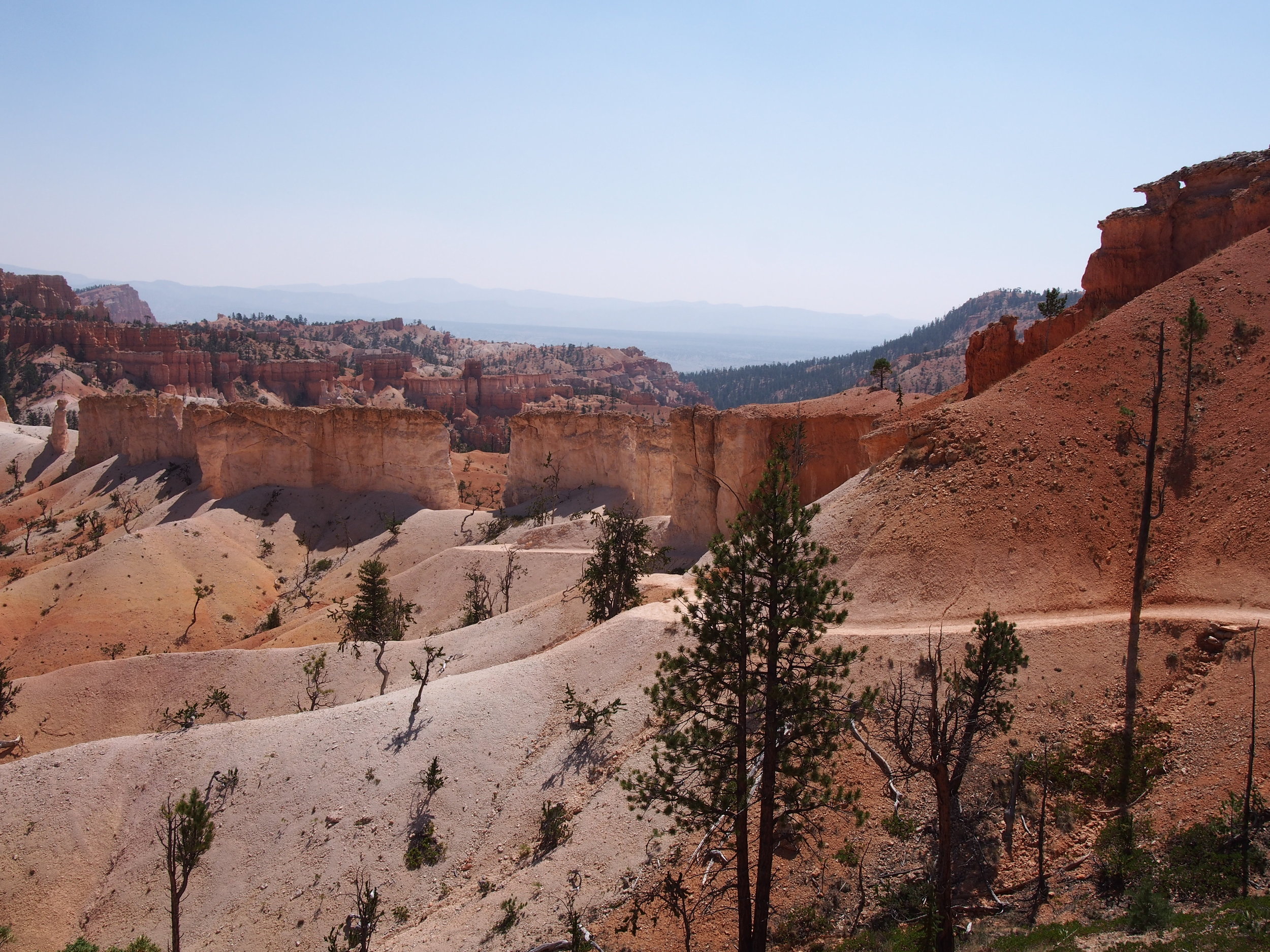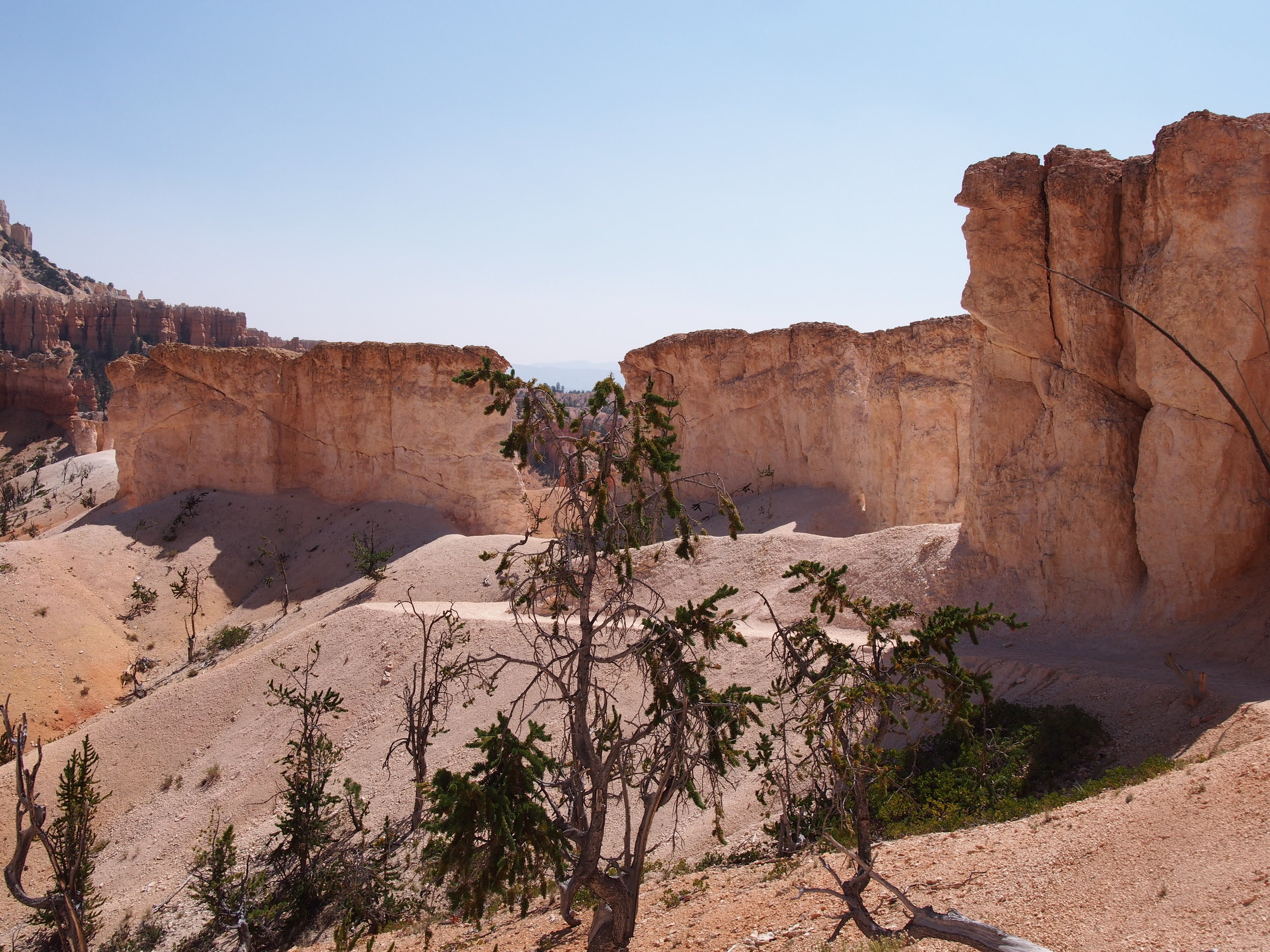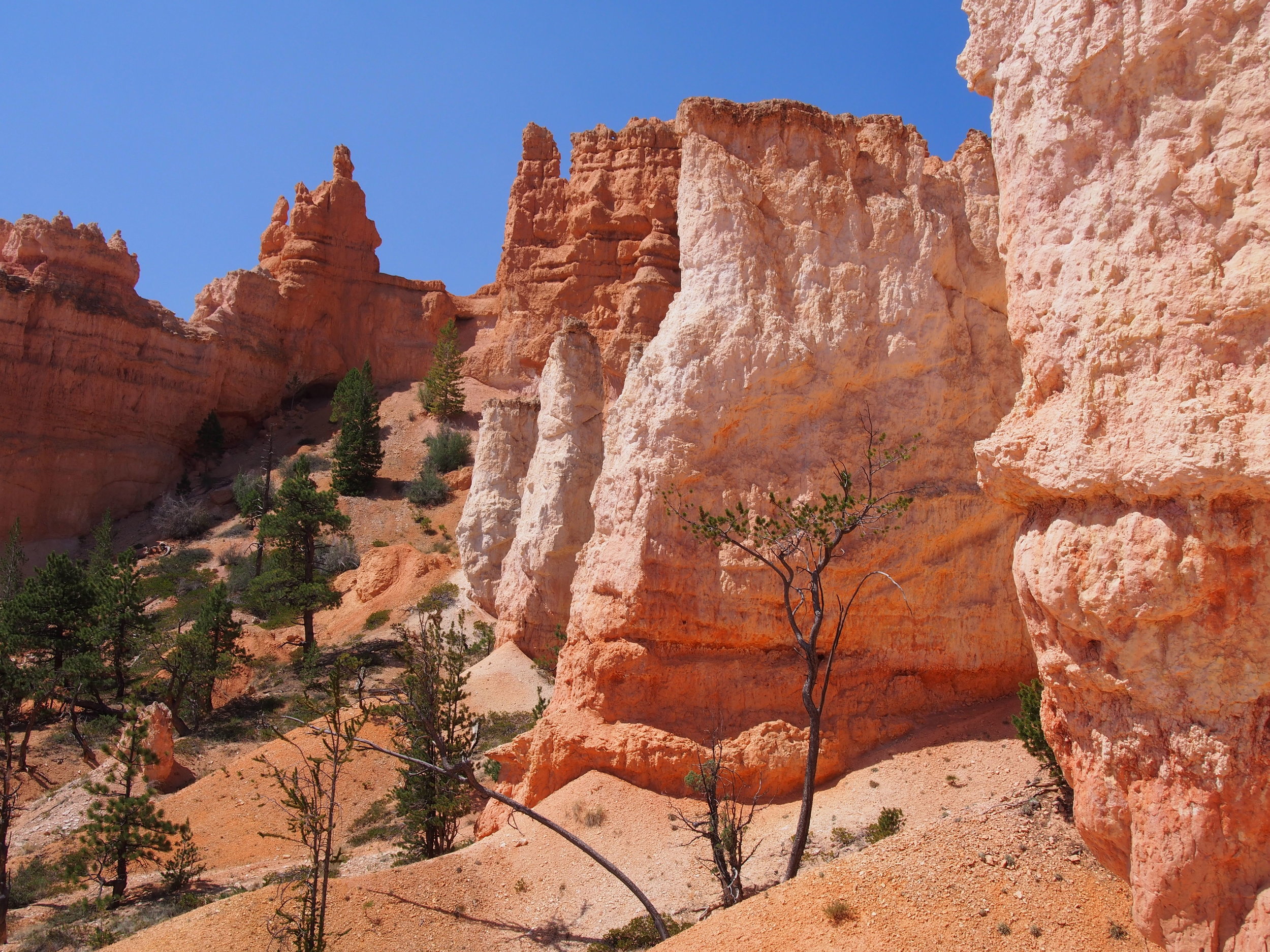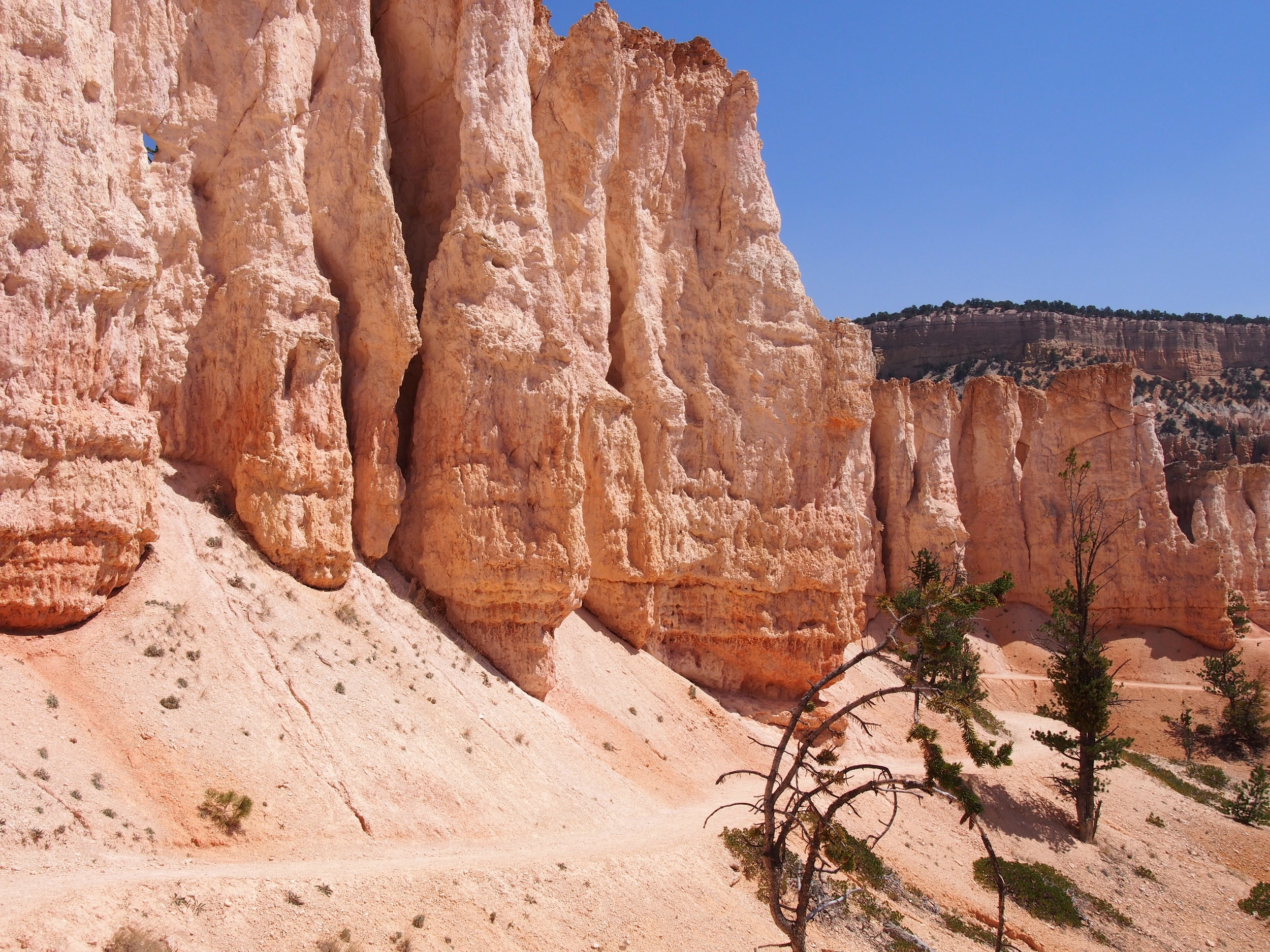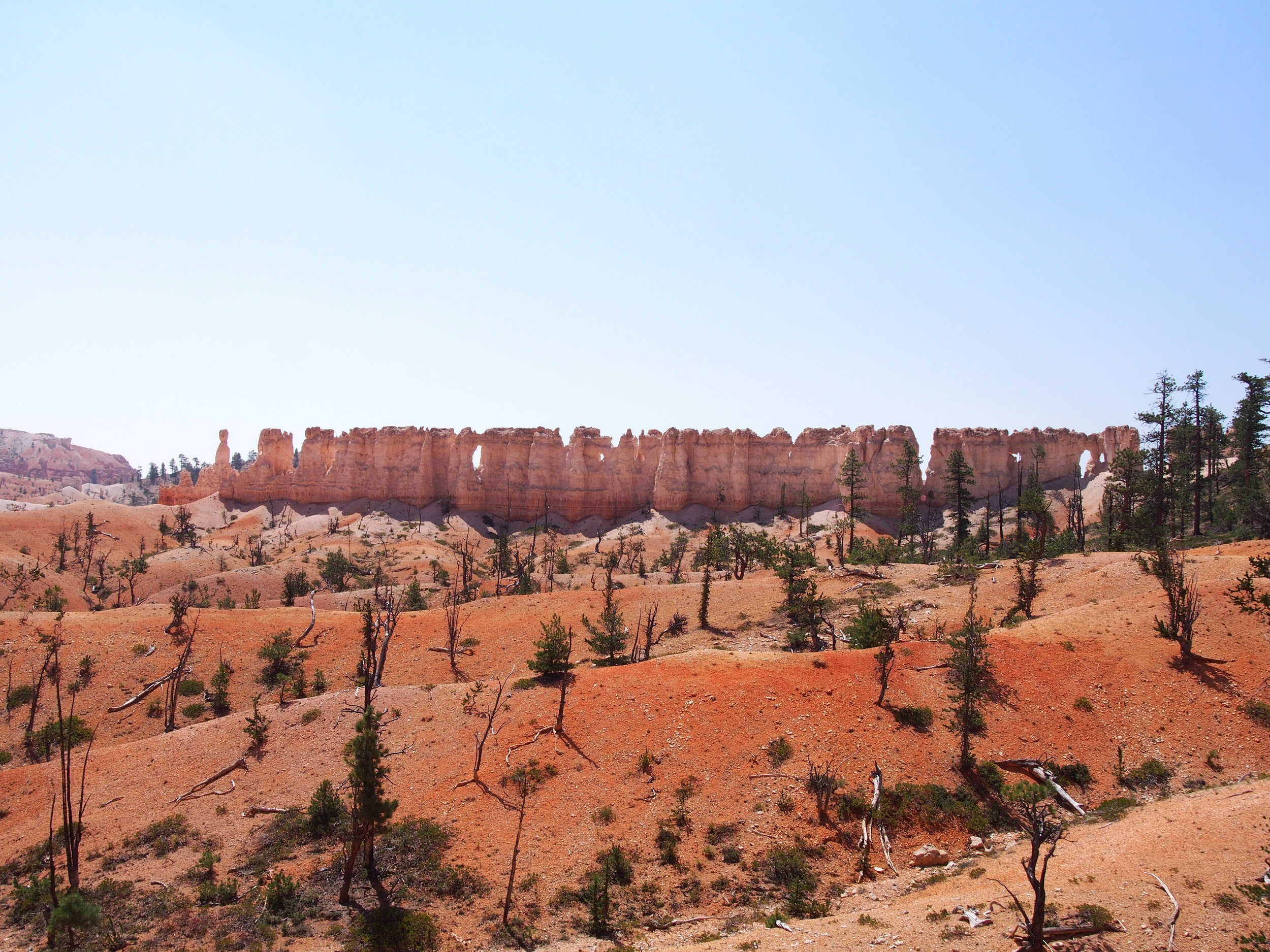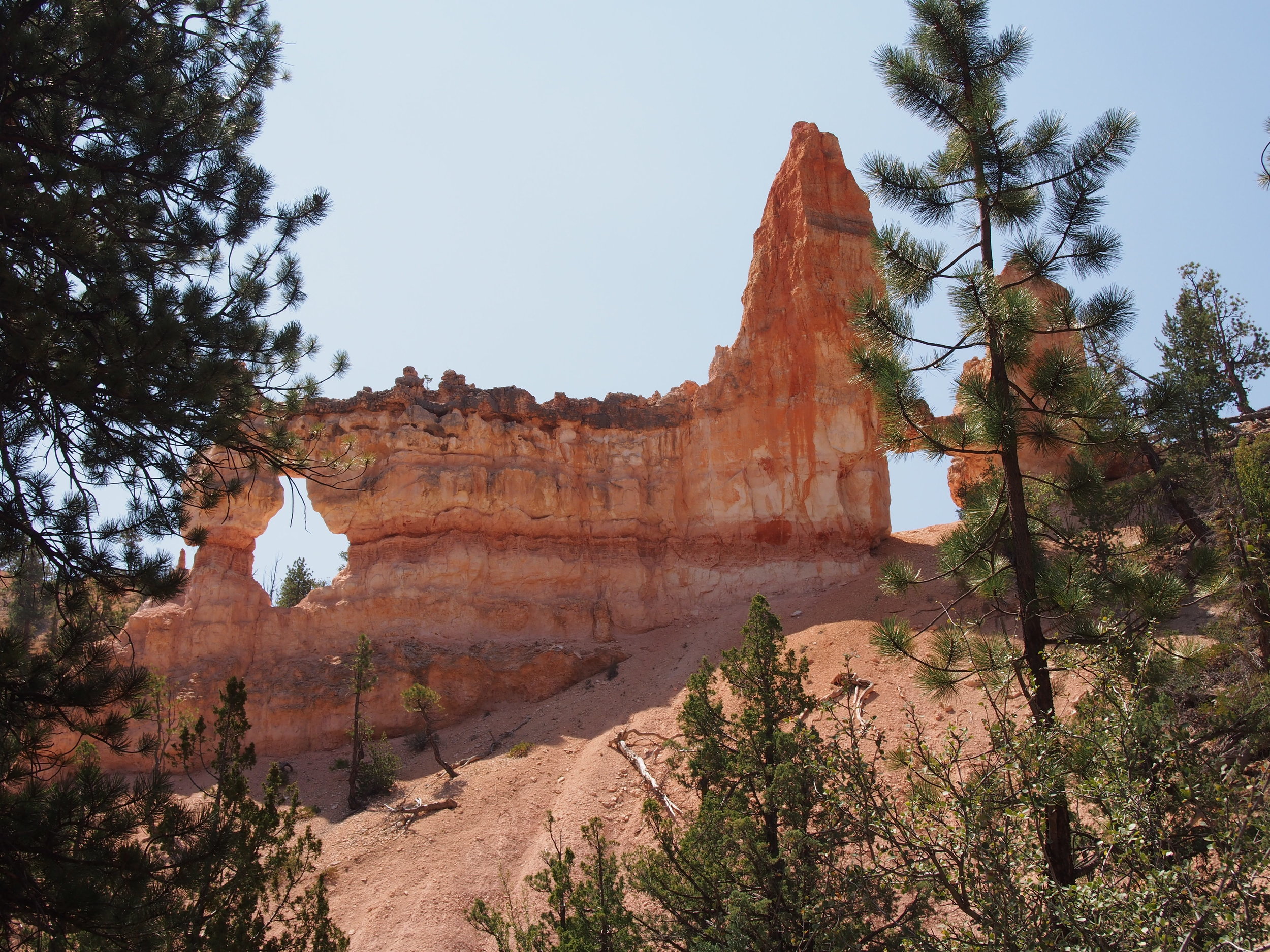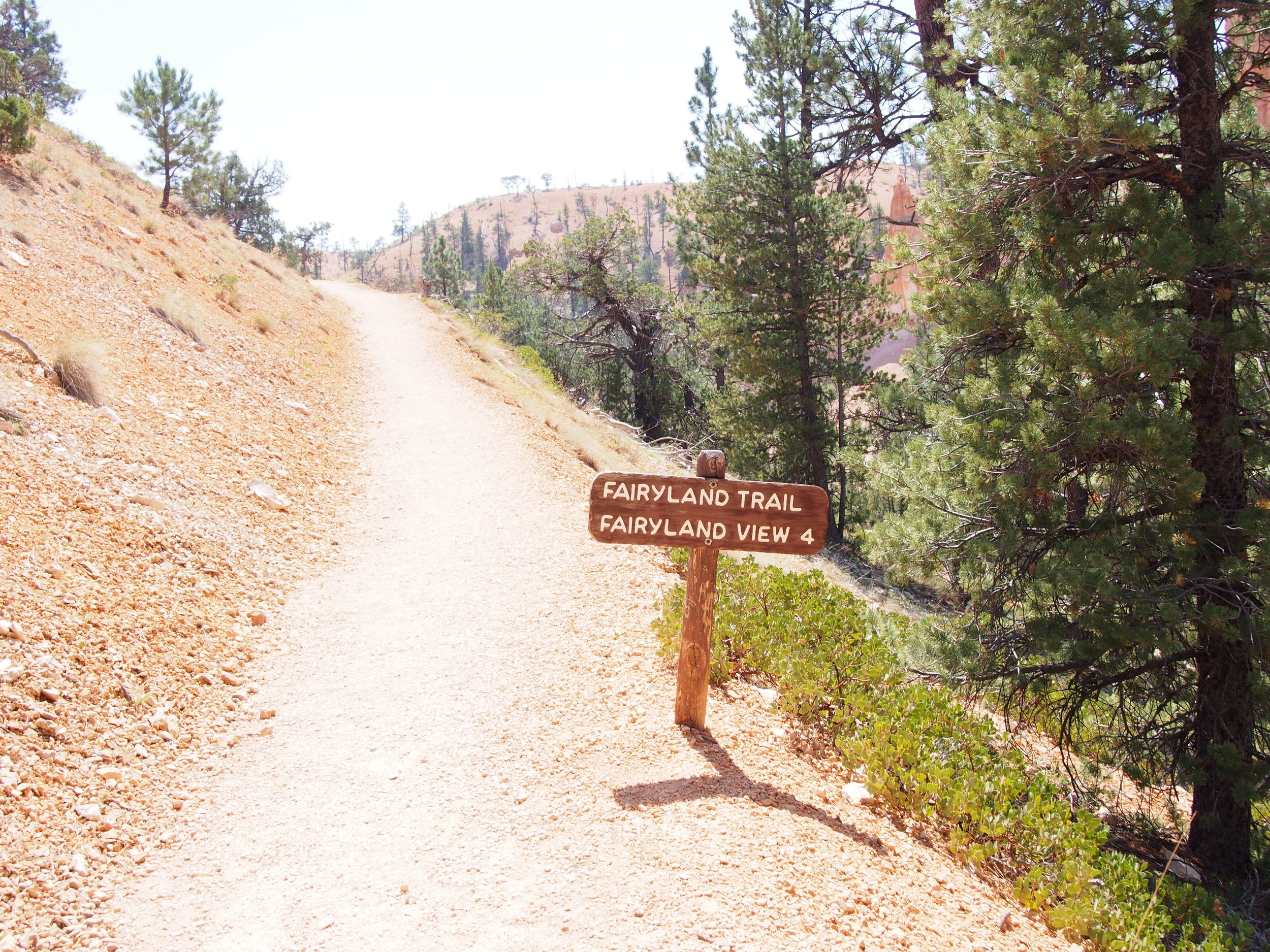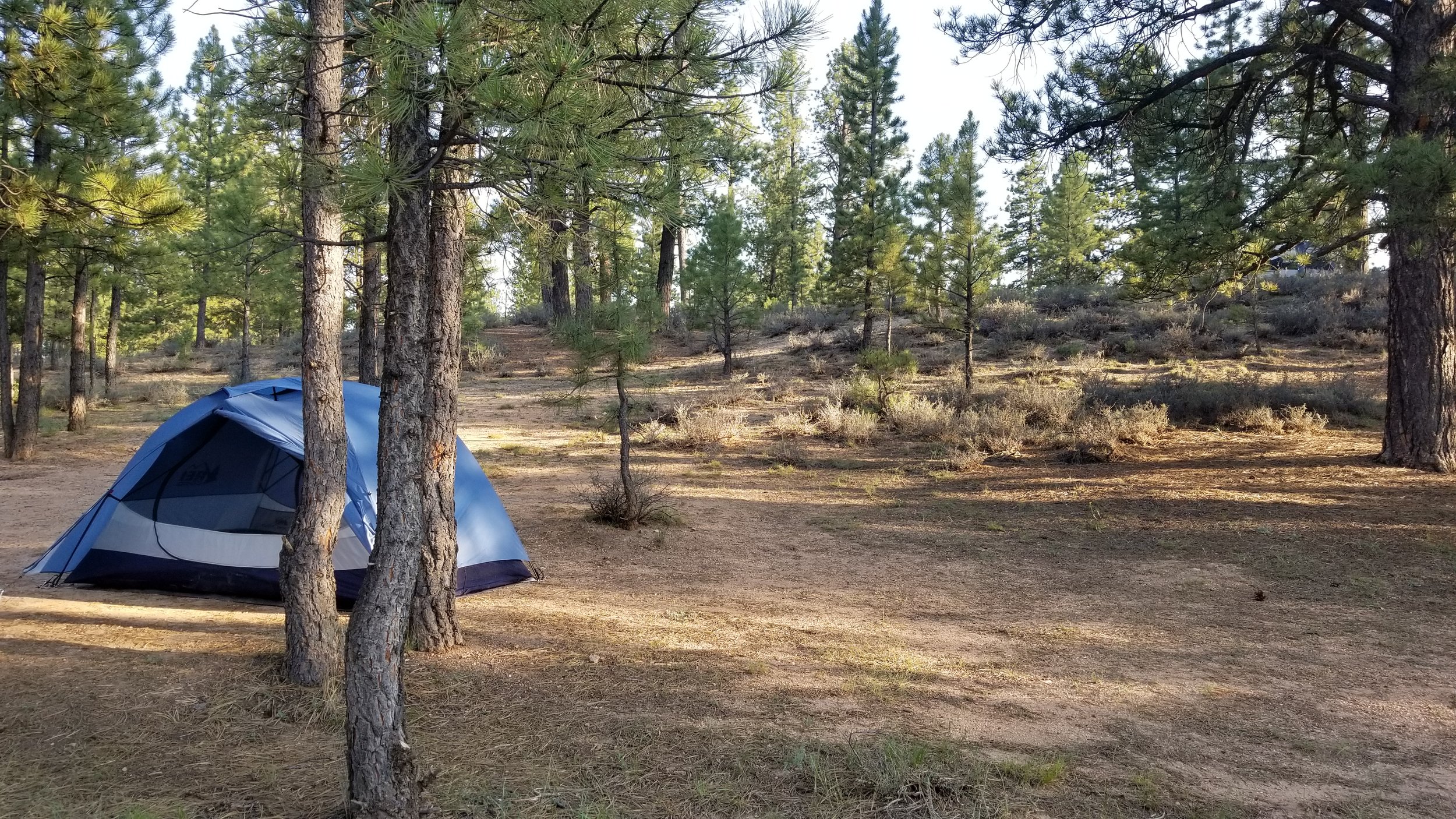I still can’t get the smile off my face from this event. I was so nervous going into race day, worried I had somehow over tapered, and with a guilty conscious that maybe a few of the strength workouts or the occasional speed workout I skipped would be the reason I wouldn’t achieve my goals (I promise to skip fewer workouts next season, coach!)
Crossing the finish line at Ironman 70.3 Eagleman.
But, the day turned out to be PERFECT. I had a goal for myself in this race - break the 6 hour mark. And I achieved that goal. I am so proud of myself and grateful for the ability to set these types of goals, train as hard as I did to try and achieve them, and have the support system around me on race day to make it a reality.
Race weekend
Eagleman is held in Cambridge, Maryland – one of my favorite little towns on the eastern shore. I signed up for the race in December 2023, and thankfully checked the race hotel website immediately, and found out it was already sold out. After some quick google searches, I was able to get us a hotel up in Easton, Maryland. Hotels sold out so quick for this race, and I’m greatful for where we ended up.
We drove out early on Saturday morning, arriving at Maces Lane Middle School to test out the shuttle service. We were happy to find out how easy and quick it was, making my anxiety about arrival times much lower going into Sunday morning. We got to the check-in spot around 10:30 that morning. I grabbed my packet, got my swag, and then headed over to the bike mechanic.
Yes, bike mechanic. Because silly me had two things working against myself heading in to race weekend. First, I was not able to find any bike shops in a reasonable driving distance to service my bike for me in the week leading up to the race. I called half a dozen, and all had week+ turnaround times. I learned a valuable lesson here – either get my service several weeks out, or figure out which bike shops let you schedule a service rather than dealing with the chaotic first-come-first-serve situation most shops I know of operate under. The second issue I was facing was – as we were loading my bike up on Saturday morning, I noticed my gears slipping when I shifted into certain gears, and this most of all was sending me into a pure panic spiral.
Thankfully, for $135 and 4 hours worth of waiting, my bike was fully serviced and my gear issues were fixed. I truly believe this saved me on race day, and made it possible to achieve the times I did.
Waiting around for my bike to be serviced, repping my Free to Run gear. Had a great conversation with a few folks about how amazing this NGO is.
We then went over to the DC Tri Tent and made a homebase for ourselves while we waited. I did a quick practice swim of about 750 meters, wearing my wetsuit to see what the temperatures would feel like if the race was wetsuit legal. Then, Chris and I went on a super short run along part of the run course just to loosen up the legs. We attended the athlete briefing and lounged around some more, all while my anxiety was starting to build up even more.
Finally, around 3:30 my bike was ready, and I went to drop it off in transition. I was exhausted at that point, so we caught the bus back to the middle school, made a pitsop at Wawa for a veggie sub (I was too nervous to do anything else), and drove out to Easton to check-in to our hotel and begin the process of unwinding and resting ahead of a 3am wakeup call (!). I also needed to organize my transition bag, and triple check I had everything.
Bedtime for me began around 7pm, and I was asleep (with the help of some melatonin) by 8:30. My goal was to have 8 hours of rest, even if it wasn’t full sleep. While I tossed and turned starting around 12:30am due to my ever present anxiety, I knew my body would be rested enough to get me through the morning ahead.
All the goodies that went into my transition bag laid out on the hotel table the night before to confirm I had everything I needed.
Race Day
The alarm clock went off bright and early at 3am on Sunday morning, as we had to make it to the start line by the 6am start time. I took a quick shower to get my hair wet so I could braid it up quickly. I drank coffee, made my standard peanut butter and honey toast, and chugged some water. We were out the door by 4:05am and were off the bus walking to the start line by right around 5am.
Transition area was TIGHT for this race. I’d never had a bike rack this packed before, and really had to make sure my space was consolidated to ensure I didn’t encroach on my neighbors (or misplace my own gear!)
While on the bus we got the notification that the race would be wetsuit optional – and thus another puzzle piece came into play. Would I wear my wetsuit, or not? A moment of gratitude for the DC Tri community who helped me soundboard this decision and signficantly ease my anxiety (no wetsuit for me!)
I headed into transition where I set up my gear at my bike. One thing I realized after transition was closed was that I forgot to pre-open my clif blocks – so had to mentally note for myself this was a new task to handle in T1.
I was over to the swim start area around 5:45, and lined up with my anticipated pace group. Since I wasn’t wearing a wetsuit, I had no idea what to expect pace-wise, so seeded myself as I would have based on my time last year. I am a pretty strong and confident swimmer, and thus was seeded somewhere towards the middle-front of the swim pack. I expected a time around 40 minutes or less. But, I had never swam 1.2 miles without a wetsuit, so really had no idea what to expect!
The swim
Off went the cannon at 6am, and by around 6:18 I was jumping into the water. The temperature felt great – not too warm and not too cold – just right for swimming. There was a bit of jostling around me for the first several minutes, but not too bad. I did notice that for the most part I was surrounded by green swim caps, indicating I was one of the few women in the pace group I started in.
Aerial image of the swim start from Ironman 70.3 Eagleman. I started about 18 minutes after the gun went off.
I had a hard time sighting while out in the water. This was a combination of factors both in my control and out of my control. My goggles are old – and probably needed to be replaced years ago. They still work though, but this race made me decide it is finally time. I don’t think they are polarized, which also added to the sighting issues. There was a bit of a current on the way out – not terrible, but certainly a bit noticeable. I felt it both as I swam forward, but also noticed there was a bit of a sideways current that was pushing me towards shore and away from the bouys. I had to recorrect course a few times, but don’t think I ever got too far afield. My watch didn’t end up capturing the swim – it was turned off somehow around 250m.
After I rounded the first turn, I was feeling great and getting into a good rhythm. If there were fewer people, I would have taken more strokes at once but settled for 2 strokes per sight/breath – a little too much but seemed to do what I needed to keep the heartrate down, the bouys in sight, and not slamming into people.
Rounding the second turn, I knew I was in a good spot. I was continuing to pass people, even though I technically seeded myself a little faster than I thought I could swim. This meant either everyone did that, or I was having a good race. Either way, great for my mental space at that time. The swim finish was hard to spot though. It was a bit of a turn from the last buoy and was hard to see. Lots of folks were going off course here, and the kayakers were putting in work redirecting everyone. I finally made it in, got out of the water, and began my T1 effort.
Emerging from the swim. The distance from emerging from the water to hopping on the bike was about 0.3 mile!
All smiles as I moved through transition.
I had no idea what time it was or what time I got on the swim, but focused on timing myself from T1 forward, pushing to see if I could meet all my other time marks for the day.
In T1, I tried to be as efficient as possible. I quickly toweled off, put on sunscreen, put on my helmet, socks, shoes. I opened my clif blocks and loaded them in my race suit. I checked my tires, put on my sunglasses, and then was off.
The bike
I felt great getting in the saddle. For the first mile or two, I focused on breathing and keeping my pace steady – something I learned in training and from coach to do. Over the next 10 miles, I began to open up my speed steadily – focusing on not pushing too hard, but also leveraging the energy and high spirits I was feeling.
Wind started hiting us with a consistent head and crosswind for the first part of the race. In some spots it was pretty intense, requiring low gears to spare the legs. I was nervous about the wind, as I am not great at biking into a headwind – something I want to keep improving in future training blocks. But, I knew I put in the work during this training cycle to prepare for windy conditions, and knew I could survive if I kept my head on straight and focused on preserving energy.
Around mile 20 an asshole of a man came up behind me. I heard him blowing his nose behind me, and then immediately pass me. What I wasn’t ready for was him to KEEP blowing his nose, which meant it flew straight into my face. After I let out an audible and very angry yell, he didn’t even turn around to apologize. A pack of three other men passed me shortly thereafter, and one of the guys who clearly saw and heard it all said something along the lines of ‘what an asshole’ to which vigorously agreed with.
After succumbing to my fate of contracting whatever virus or illness this jerk of a man fated me towards, I refocused on my race.
We turned into a section without wind, buffered by tree line and shade. I picked up my pace, and was cruising. I knew at some point the wind would come back, but I also knew at some point we would have to have a tailwind. Based on how things were shaping up, I figured we may get a nice tailwind towards the end of the race, which again bolstered my spirits.
Throughout the first half, I was really focusing on my race nutrition as well. I had tailwind (the drink) in my bottles and clifblocks on my body. I drank one full bottle by the halfway point and had 5 or 6 blocks. For me, that was a good effort, as I am never great at prioritizing nutrition in a race. I started in on my second bottle, and figured I would finish it well before the end, so needed to start watching for an aid station to get some water.
I came up to the second aid station, and decided this was my time. I still had some tailwind on me, but I wanted to drink half a bottle of water to hold me over. Unfortunately, I messed up the aid and missed the bottle. A really kind man saw me miss my bottle and offered to share some of his gatorade with me. I politely turned him down, but was so grateful for the gesture. I figured there had to be another aid coming up, and I’d go even slower through the next one to make sure I got water.
The tailwind (actual wind, not nutrition) finally kicked in soon thereafter, and my pace significantly picked up. I had been riding slightly below my goal pace of 18mph through the headwinds, and knew if we didn’t have a change of fate, I’d fade at the end of the bike and be off my time target. Thankfully, fate was kind to us during the race, and I was able to cruise with the wind – at points hitting 22 and 23 mph! I was feeling great.
My stomach started to protest on me a bit as the race wore on. I desperately wanted water to switch out my tailwind and clif taste – and to just settling the rumbling. I was constantly thinking about wanting water for about 5 miles before I hit the next aid, and as soon as I saw the aid I started to significantly slow down (probably too far from aid in all honesty) so I didn’t mess it up this time. I rolled in so slowly and was able to grab the first bottle handed to me. I chugged and chugged and drank almost the whole bottle before the end of the aid.
Looks like I was feeling pretty good out there when this photo was taken.
I was like a new woman after that. Gears kicked in, and I locked myself down to push to the end. Watching the time, I was starting to also realize I was exactly on pace to hit my goal time of 3 hours. I pushed and pushed trying to make that a reality, while also trying to save my legs for the run ahead.
Unclipping before the dismount line, I looked at the time and knew I had done it. I hit my goal bike time, and my spirits were bolstered. Heading into T2, I walked / jogged my bike to the stand, took my helmet off and swapped with my visor. I reapplied sunscreen, left some trash at my spot, put my shoes on, chugged some more water I had left for myself at transition, then headed out.
The run
Coach had drilled into us to start the run slow and save our legs. I took this advice to heart – my first half ironman I blew up in the run and had to walk a lot of it. So while my body wanted me to be running an 8:30 pace, I cooled myself down and tried to focus on my goal pace of around 9:30-9:45.
In the midst of my ‘walk the aid station’ strategy, pouring a cup of water into a cup of ice. This strategy really worked for me during this race.
The run course was hot in many parts, but we were aided by the wind in other spots plus beautiful locals who were hosing us down with sprinklers. With aid about every mile, we also had ample opportunity to drink water and grab some ice. I capitalized on all of the above.
My race strategy was to walk every aid station, drink water, get my heartrate down a bit, then run between aids. This was a fantastic strategy, and I think saved me in the long run. I had a bit of a low spot on the run around miles 7 – 10, and was worried I was going to start collapsing. I took a little extra time in some aids to walk very slowly and drink ice water to cool myself. As I hit the 10 mile mark, I knew my race was on though. I realized that, if I kept my pace where I needed it to be (10 minutes or less per mile, incorporating the walking at the aid station) I would potentially hit my goal of a sub-6 half ironman.
This is where the training really paid off. Those long weekend efforts, coupled with the speed workouts on the track, trained me mentally and physically for what I had to do in the last 5k of this race. I doubled down on my running speed – pushing myself to a 9-9:20 pace. I still allowed myself my walk moments at the aid stations. Then, as I hit mile 12, I realized I was on the verge of making my dream a reality.
I thought back to my mile sprint repeats this spring, and told myself it was possible to re-enact those efforts at the end of this race. So, I dug into the recesses of my mental and physical capacity, and began to push. I hit an 8:20 pace and was cruising, leaving every ounce of effort I had left out there on the course.
I rounded the last turn and headed into the finish chute knowing I had absolutely nothing left to give after I crossed the finish line.
5:58:28.
I did it!
What’s next?
Currently, nothing! I don’t have any races on my calendar for the time being, as my job is about to get a bit busier in the coming months and could shift my capacity.
However, I do know there are some things I would like to improve upon in advance of future multisport efforts. That includes:
· Continuing to build my bike effort: I truly believe, with enough time, I can become a very strong biker. I have to remind myself I have only been trying to competitively bike for just over a year. I constantly am down on myself for my speeds on the bike, but know that realistically, speed will come with time and more experience. I already saw dividends paid this year – with most of my training rides faster than last year at the same time. And with a better understanding of what a real bike training program should look like, I have gained a lot of skills I just didn’t have until this year. I can’t wait to see how I build upon this next year!
· Focusing on a stronger run: I am proud of the run I did at Eagleman, but also know I am likely capable of running this leg of the race a lot faster. My solo half-marathon efforts certainly have been faster, with a PR of about 1:48. I don’t think I will hit that time in a half ironman anytime soon (frankly, it’s been a while since I’ve seen that pace in a regular half marathon too!), but it would be great if I could break the 2 hour mark. I’ve got it in me, I just have to train for it, and tell my mind it’s possible.
· Other misc. improvements: I think there are some improvements I can make in the swim to shave a few minutes off my time, but I am very pleased with where my open water swimming is at, compared to athletes around me. I could improve my transition times as well, but when we look at how both my swim time and transition time improvements could compare to other areas of the race, the minute or two differences here and there are probably not where I would want to spend my time and effort. If I could take 10-12 minutes or so off my ride and run times each, I could get close to a 5:30 effort, which would make my heart soar to heights currently unimaginable.
Here's to doing hard things, and being proud of ourselves for doing it.
Honorable mention to my husband Chris. I tried to make the term “Tri Husband” a thing, he tried to make “Tri Caddy” a thing, but I think we landed on “Baggage Carrier” as his role for this weekend.



























